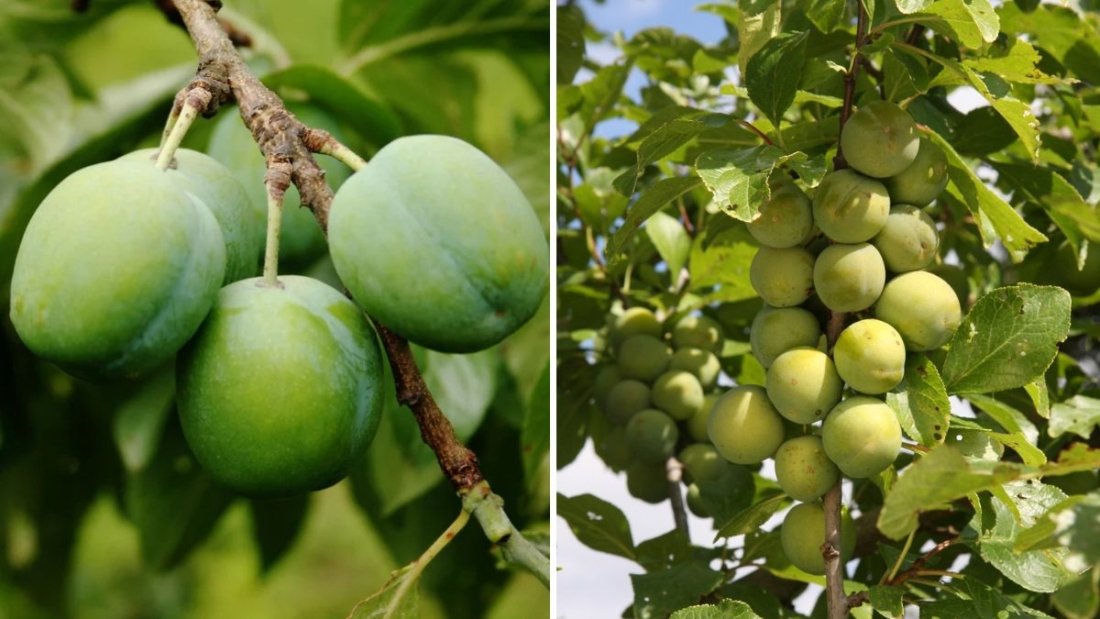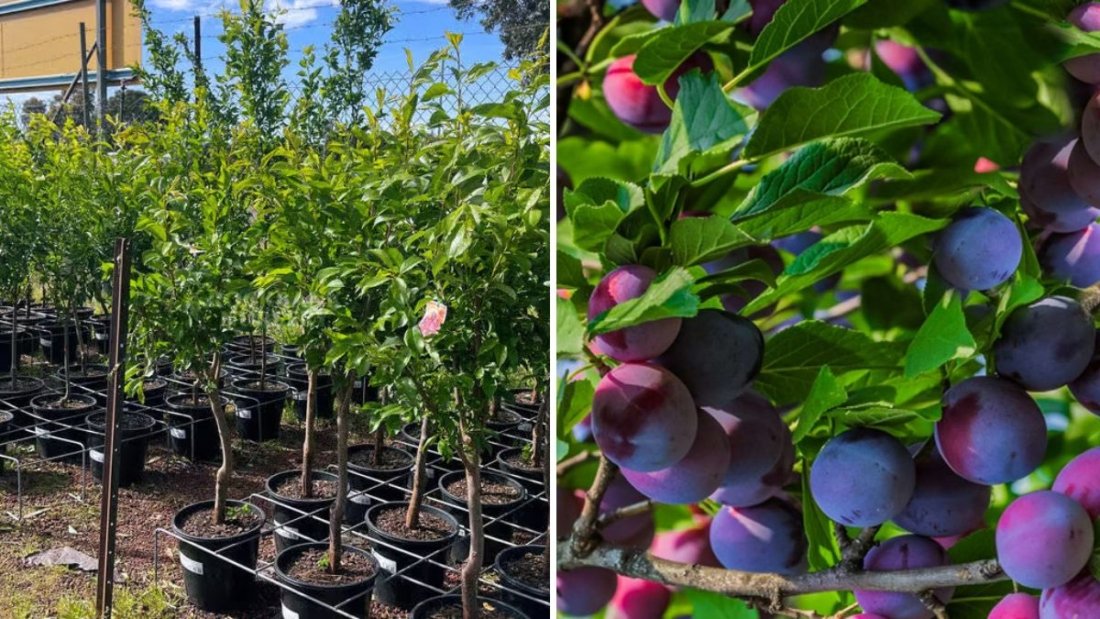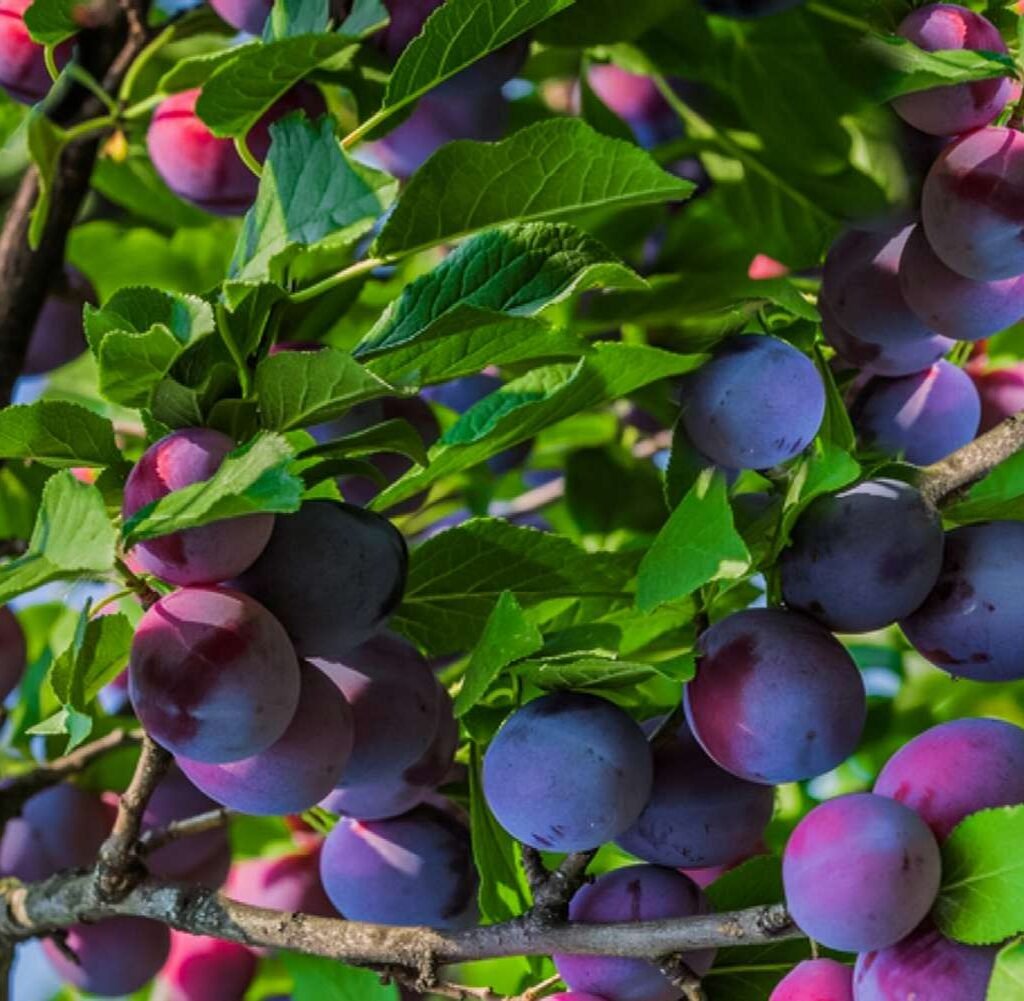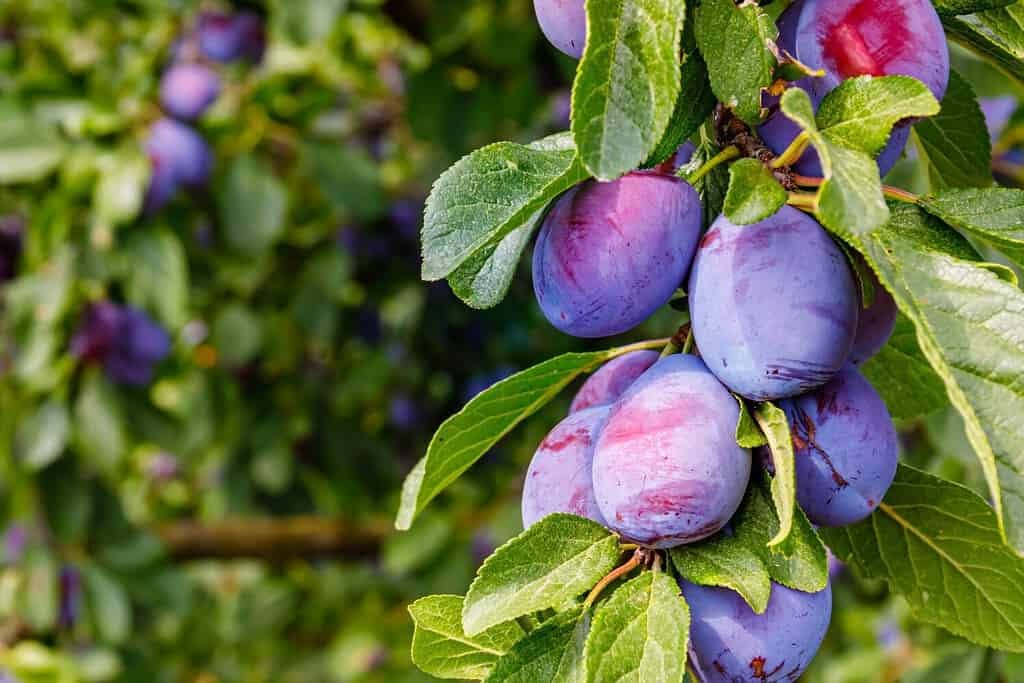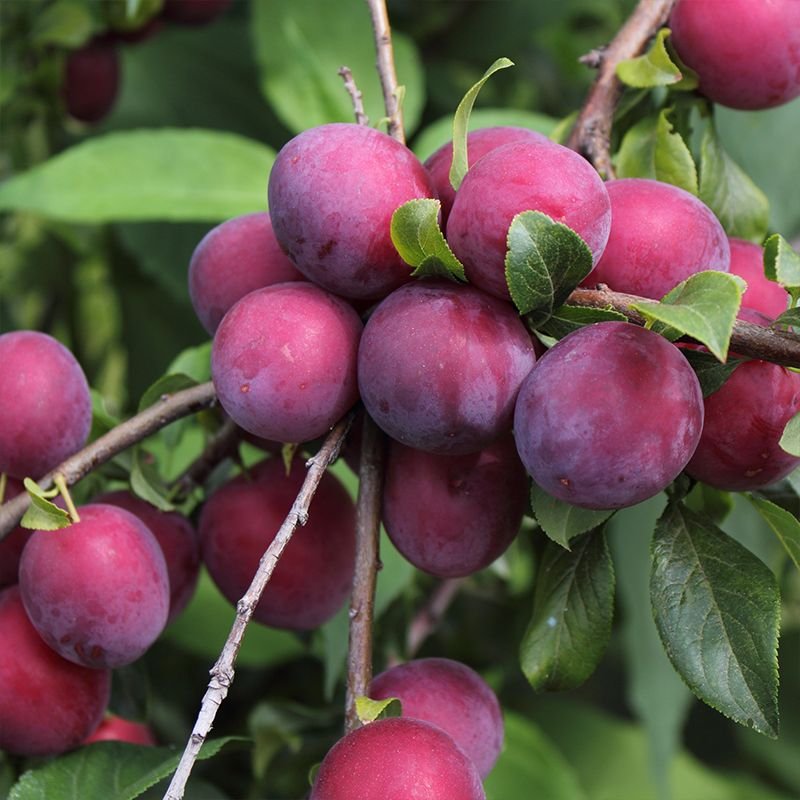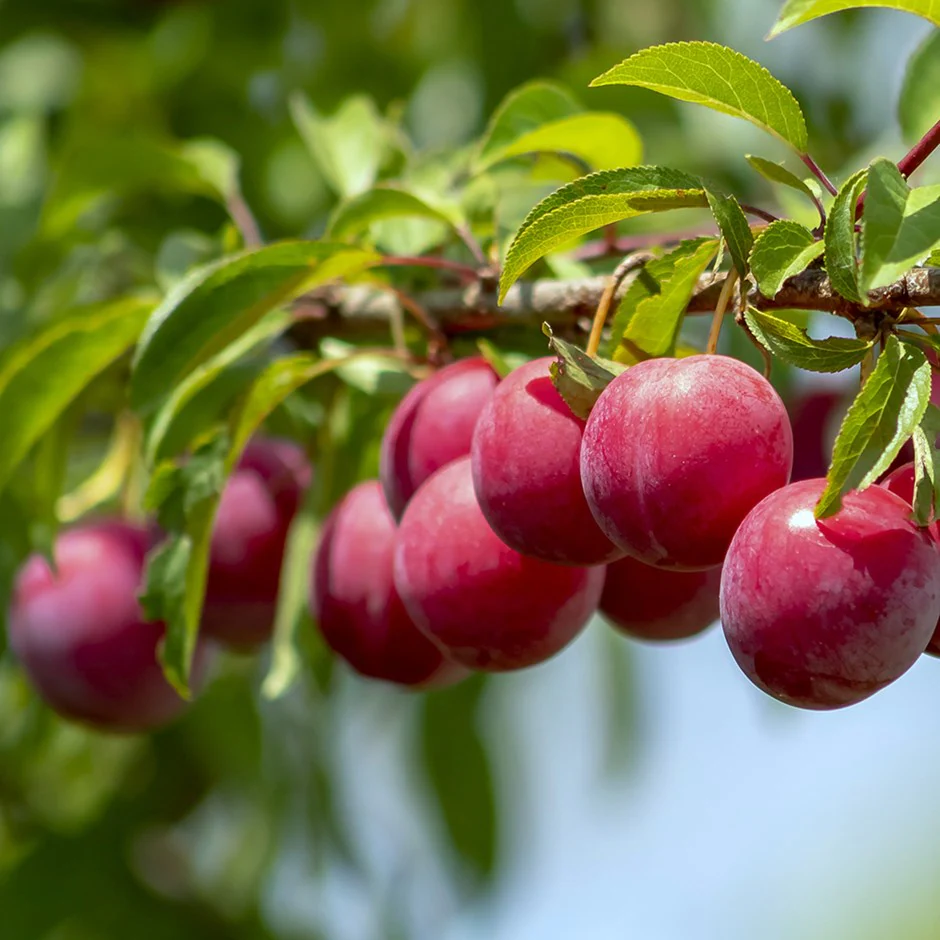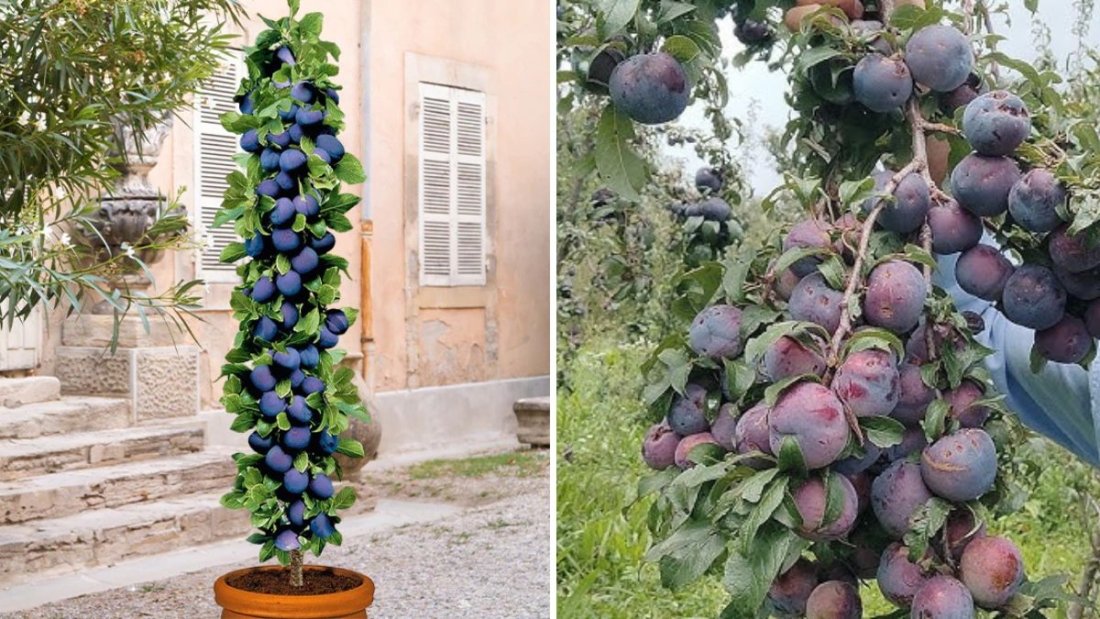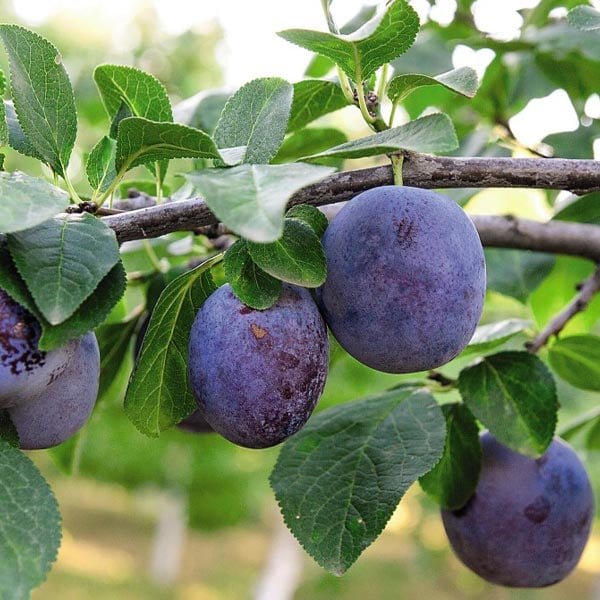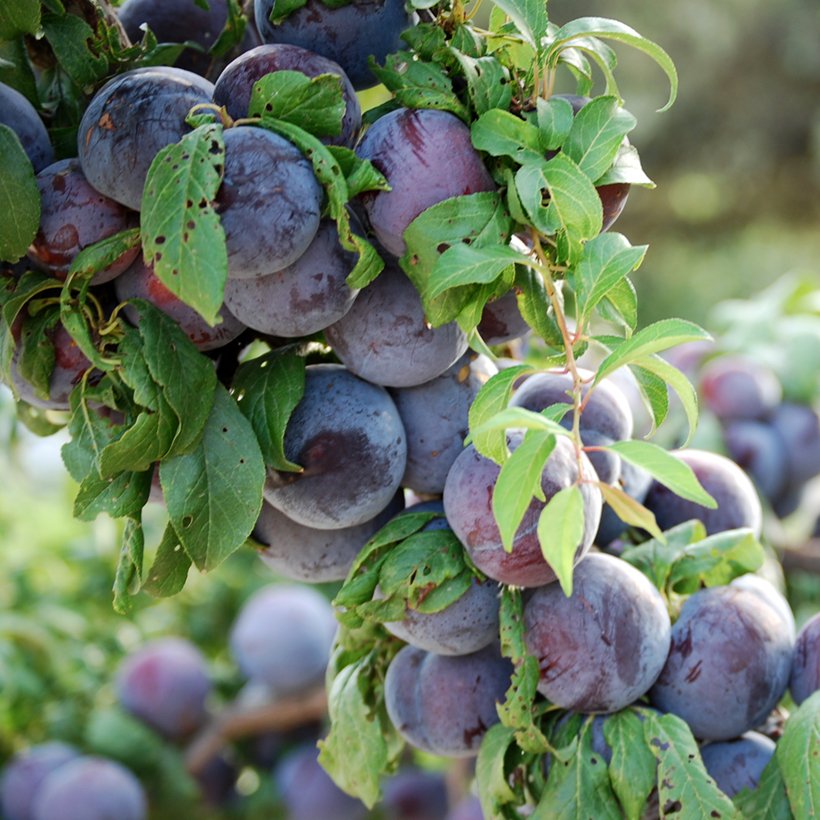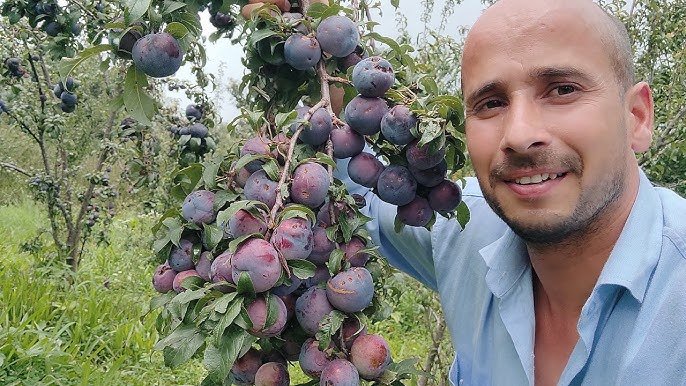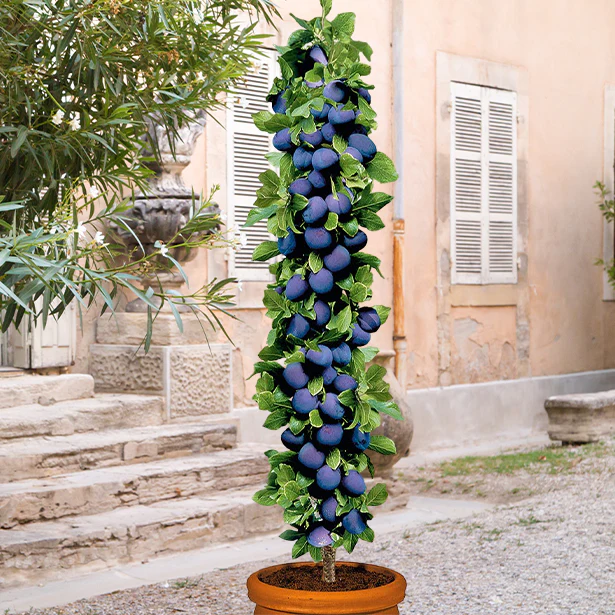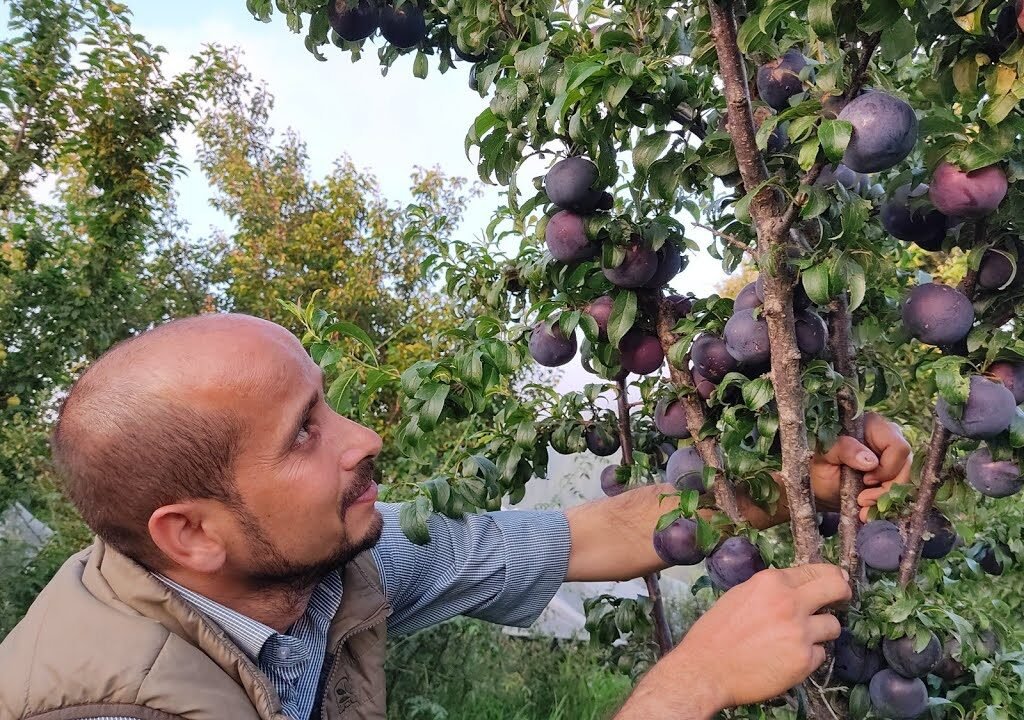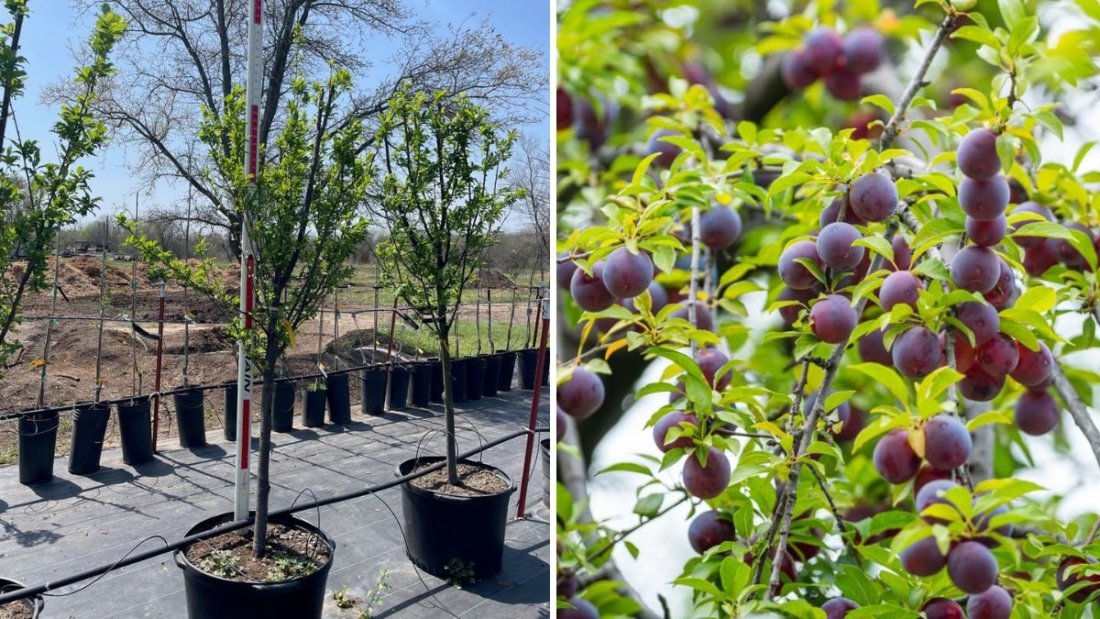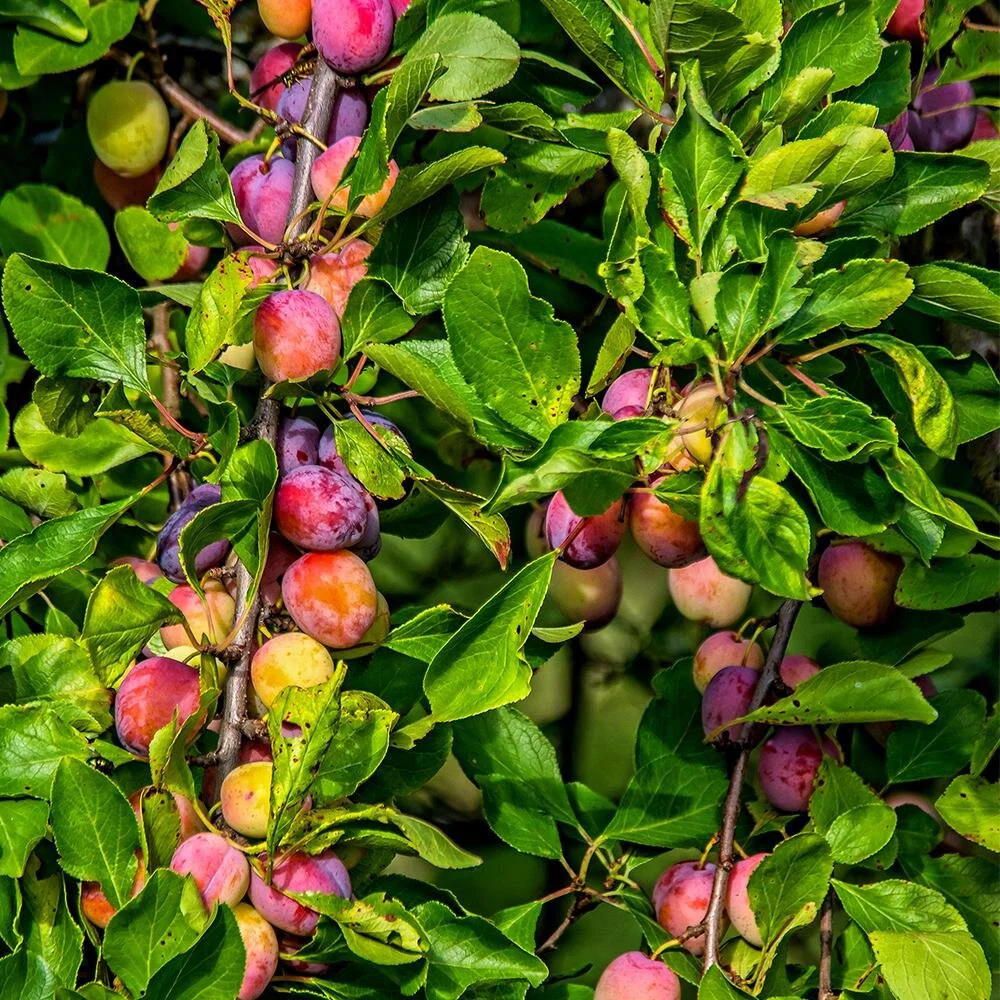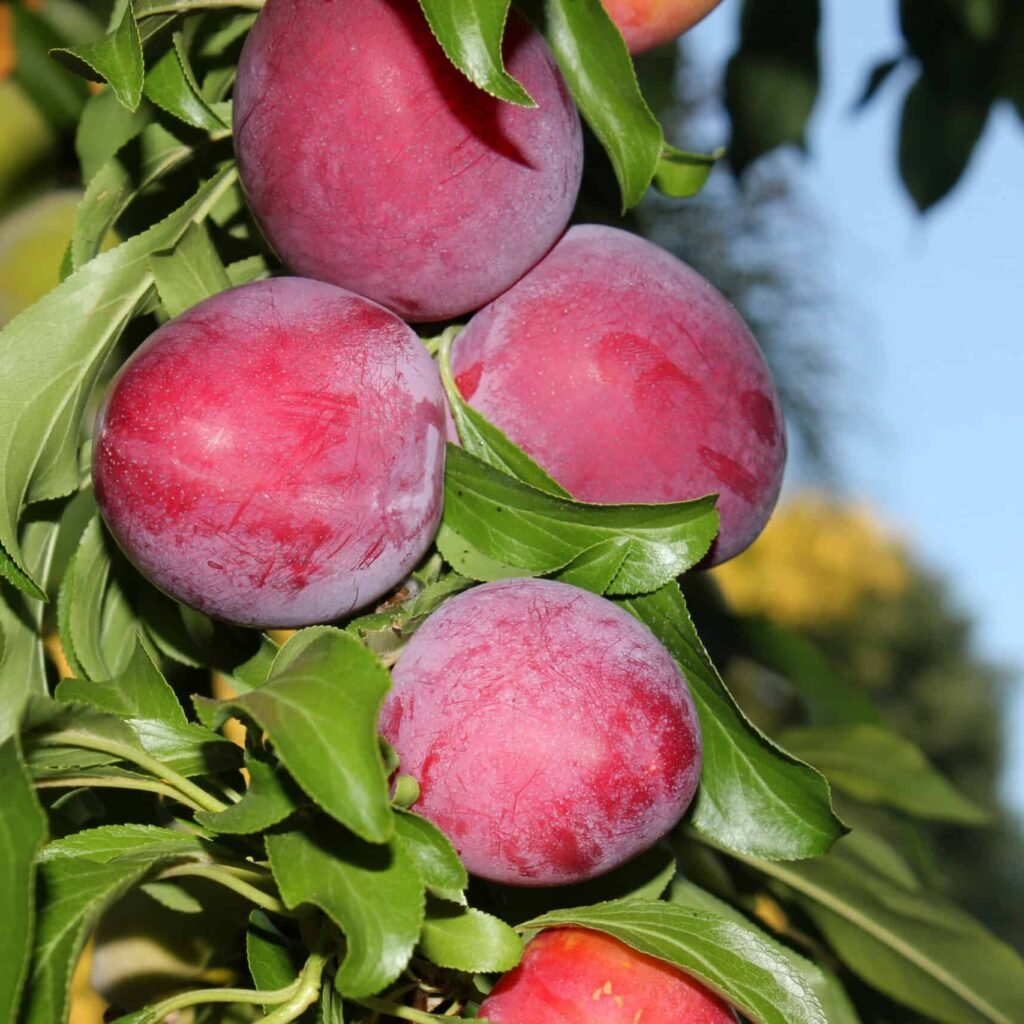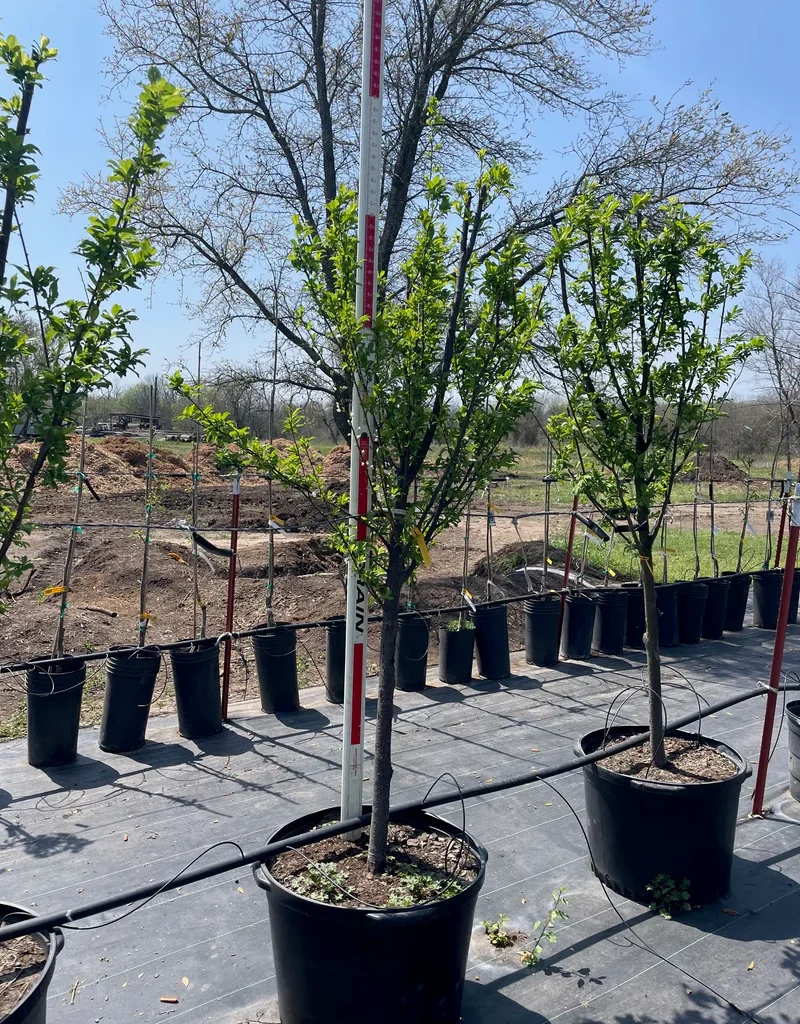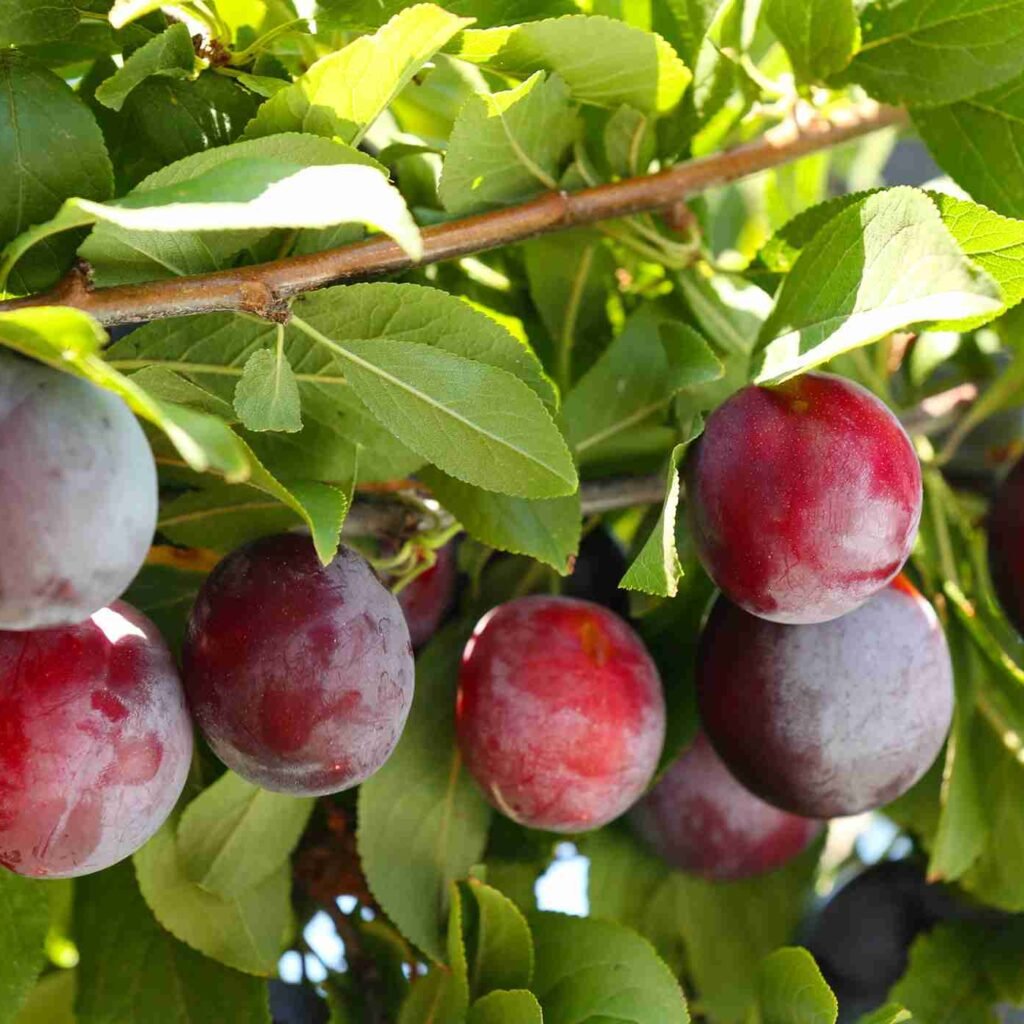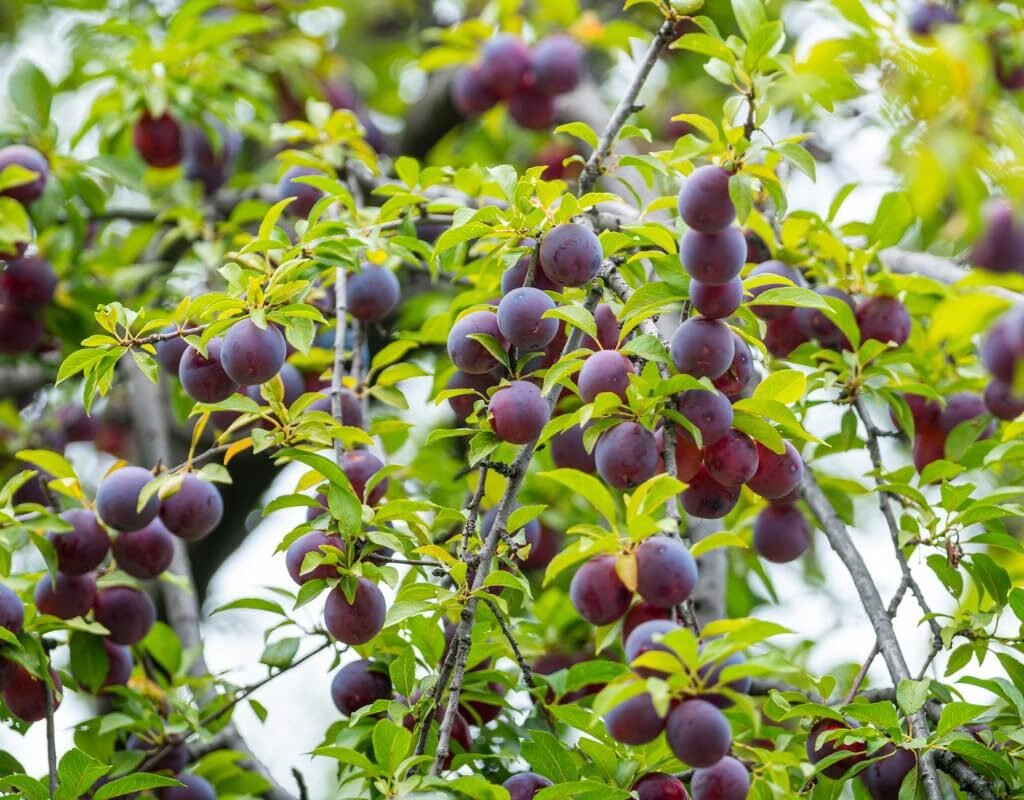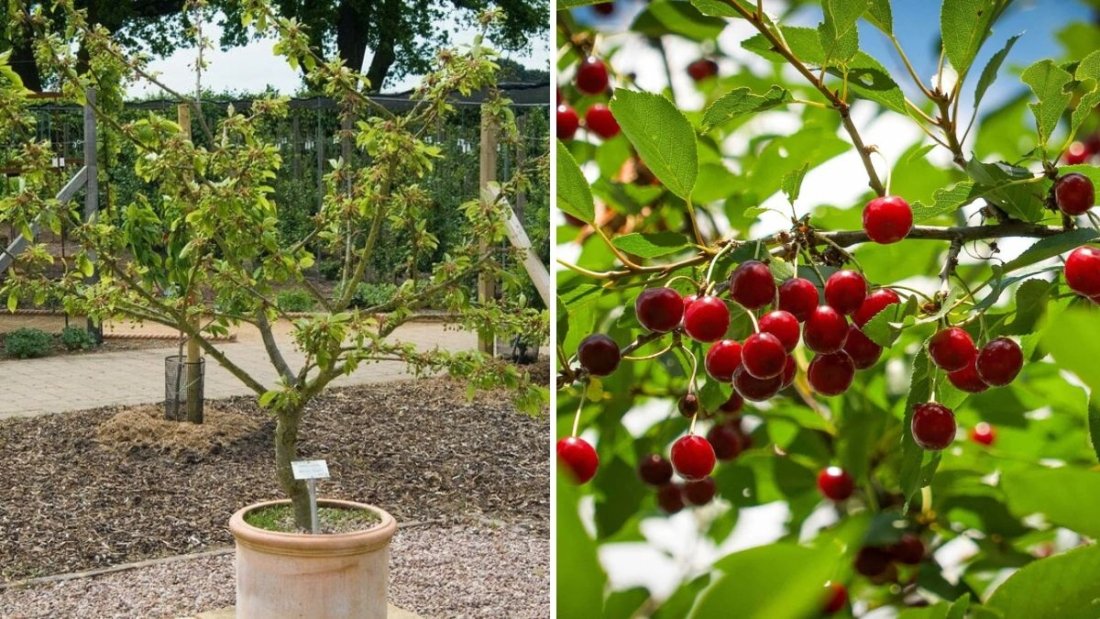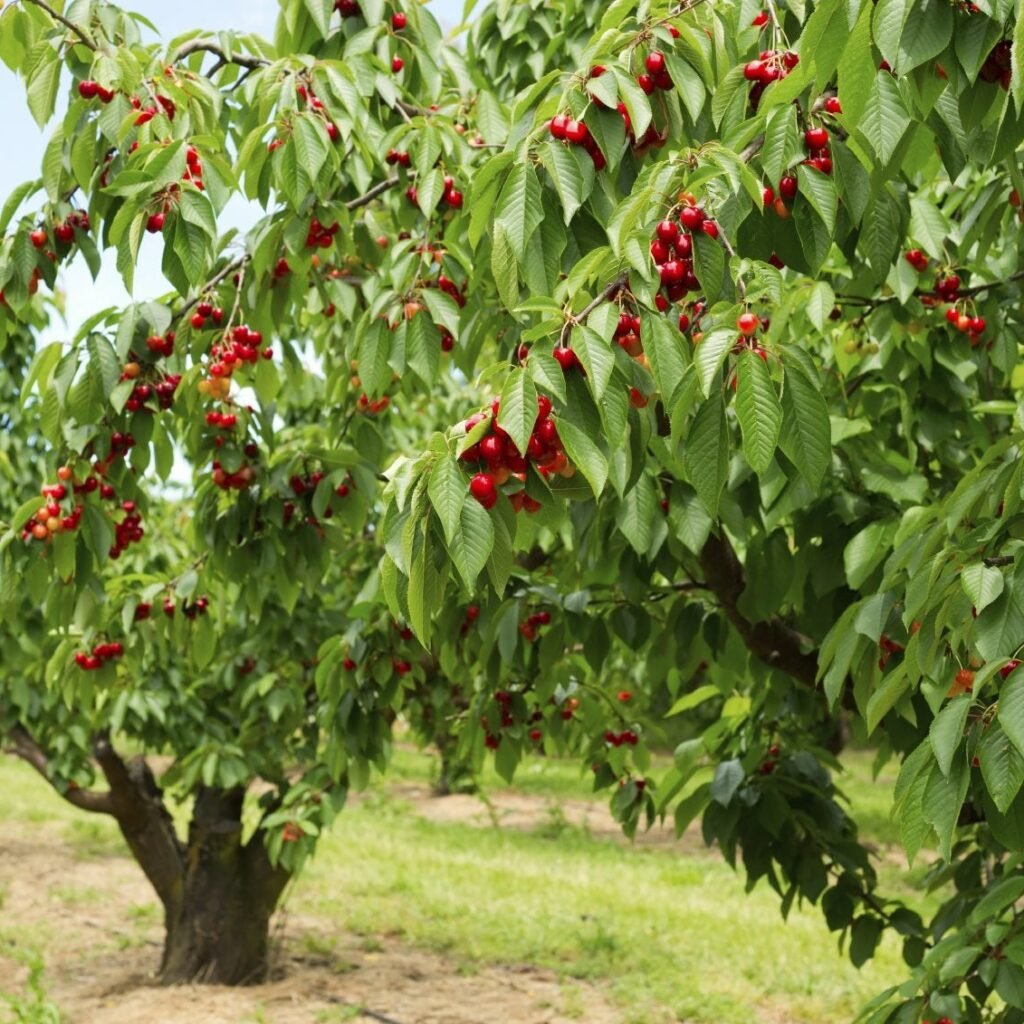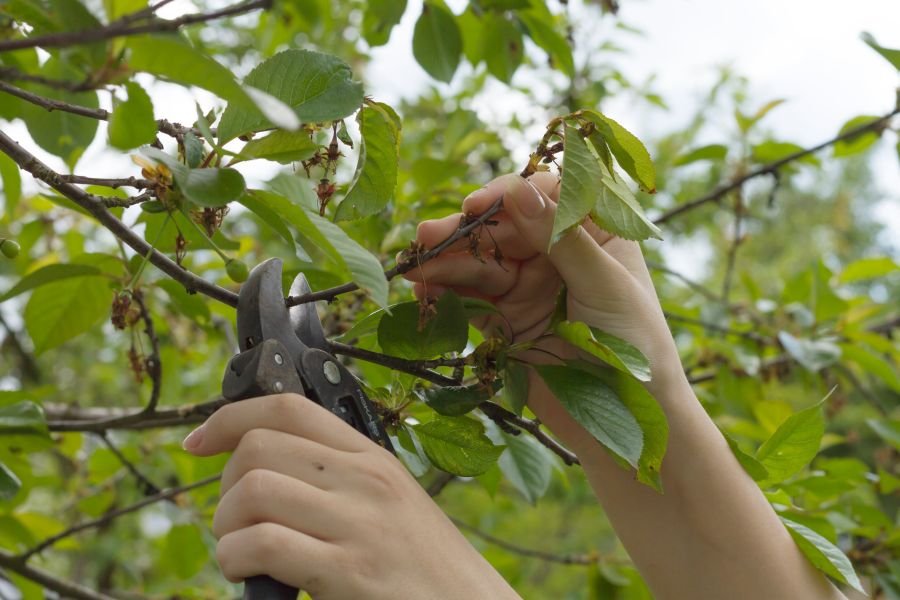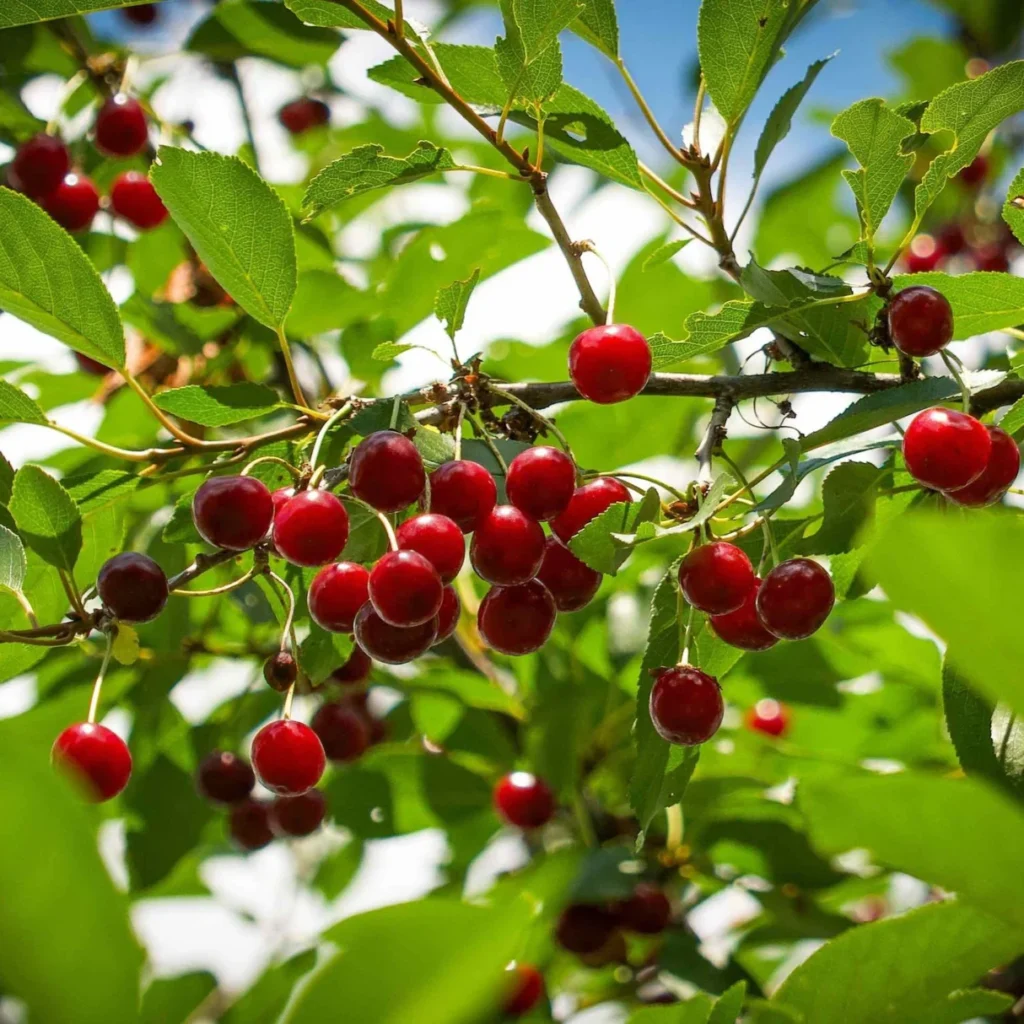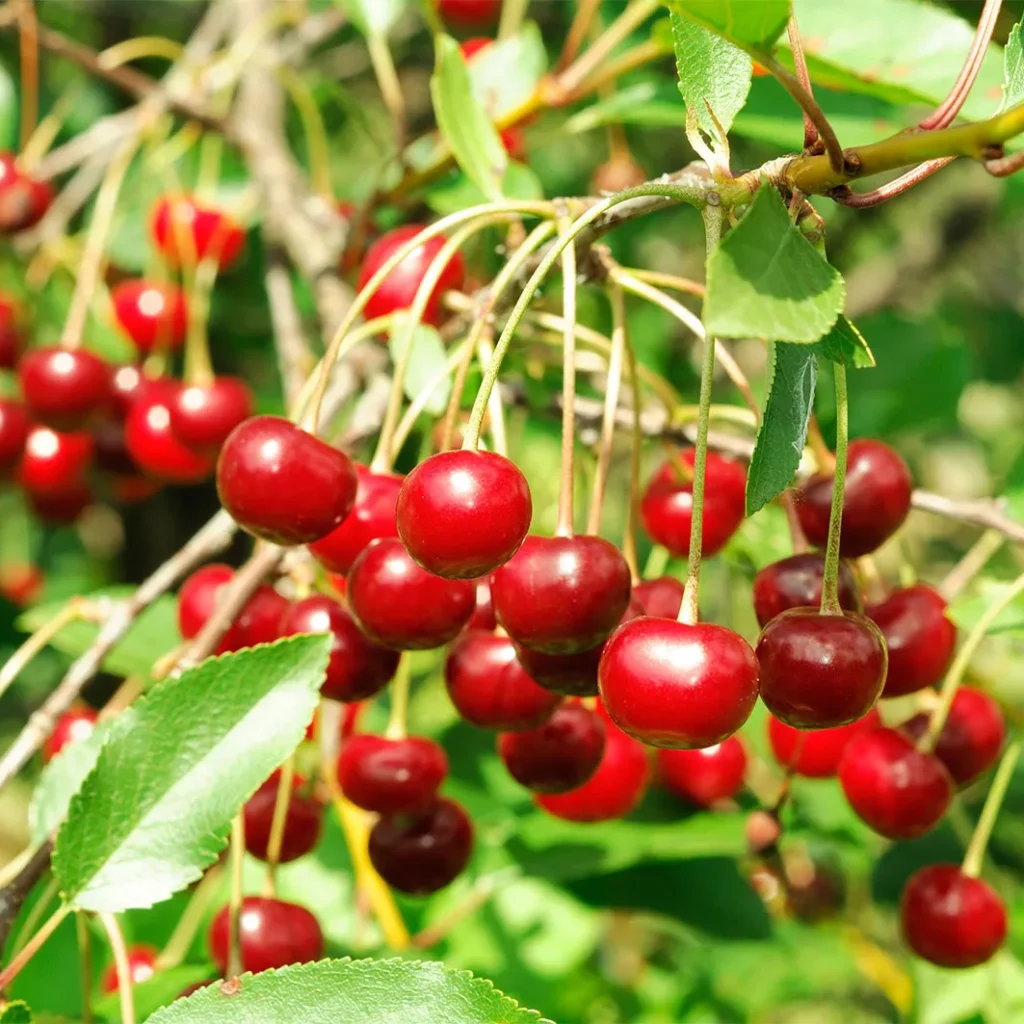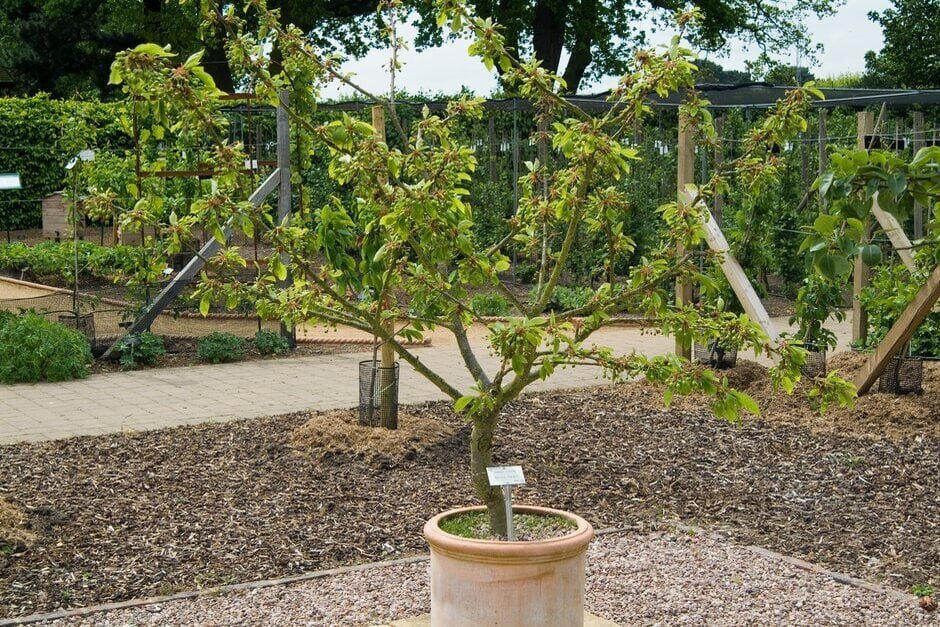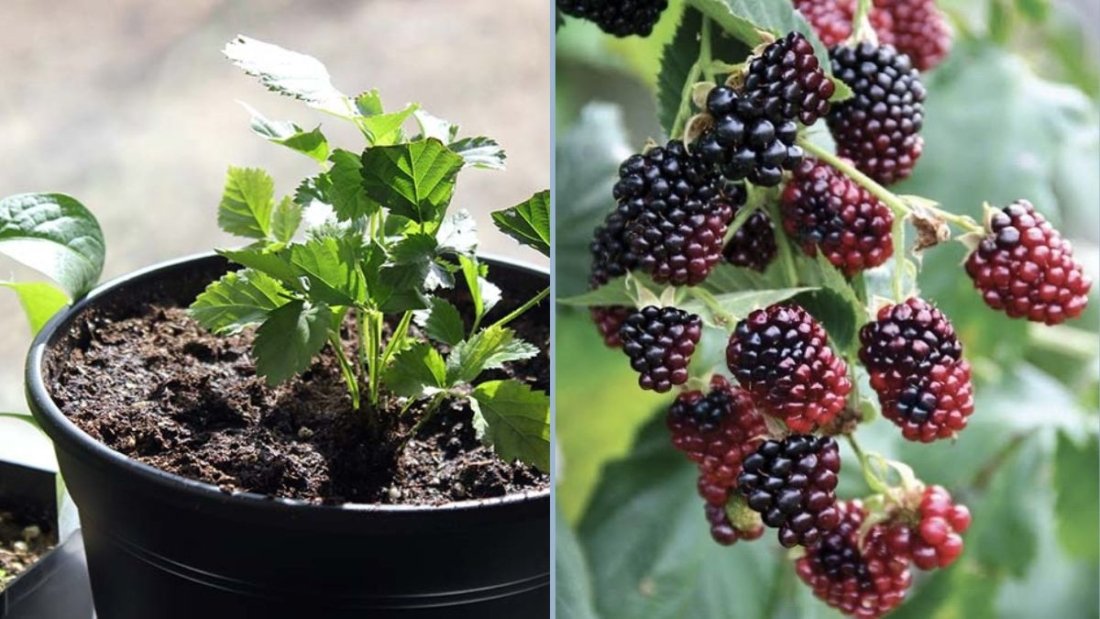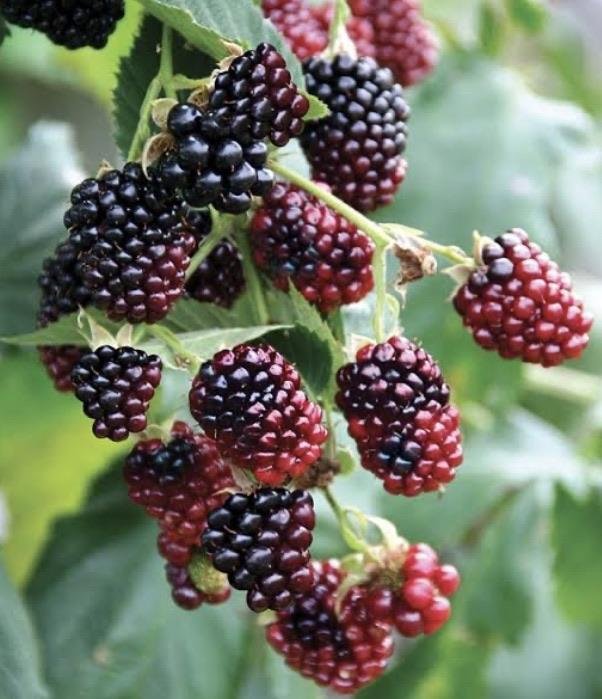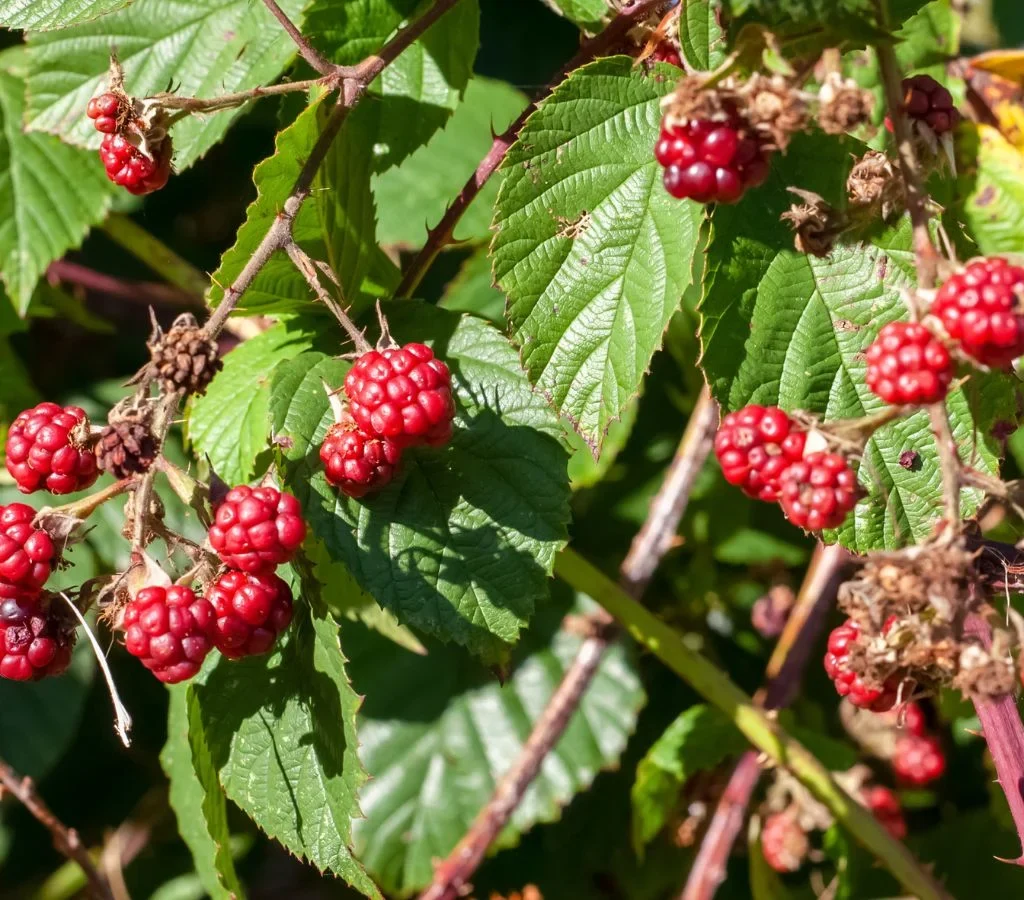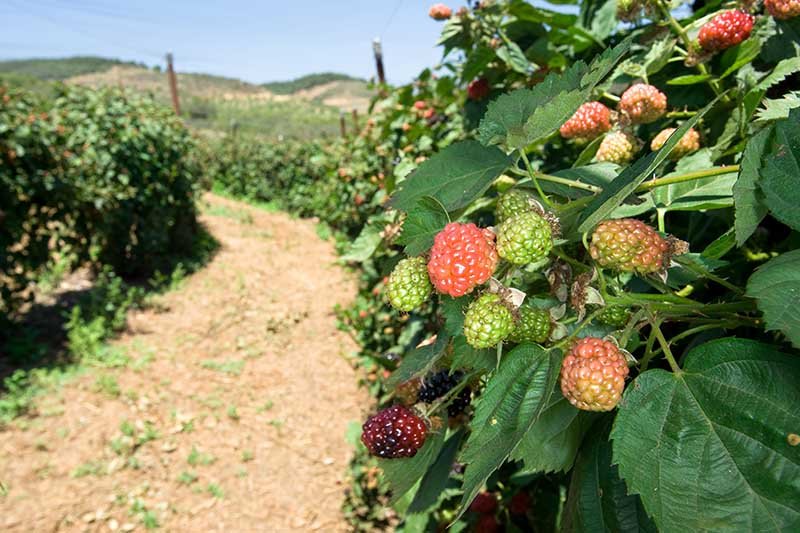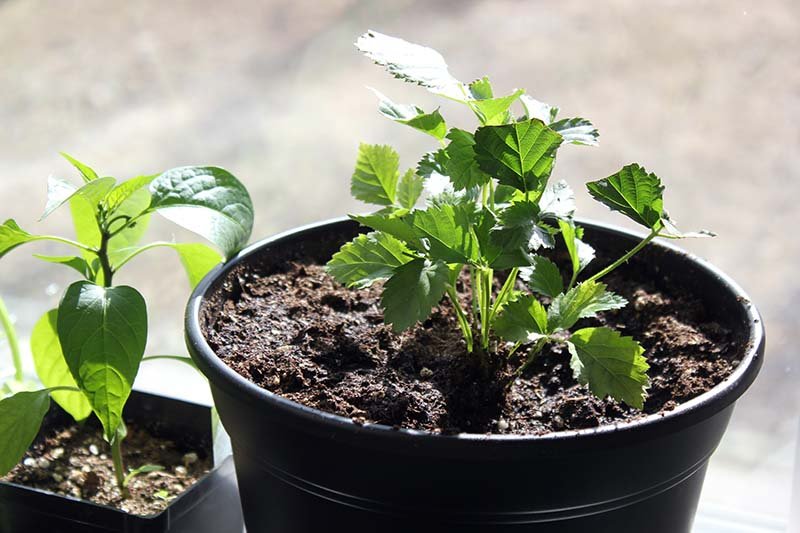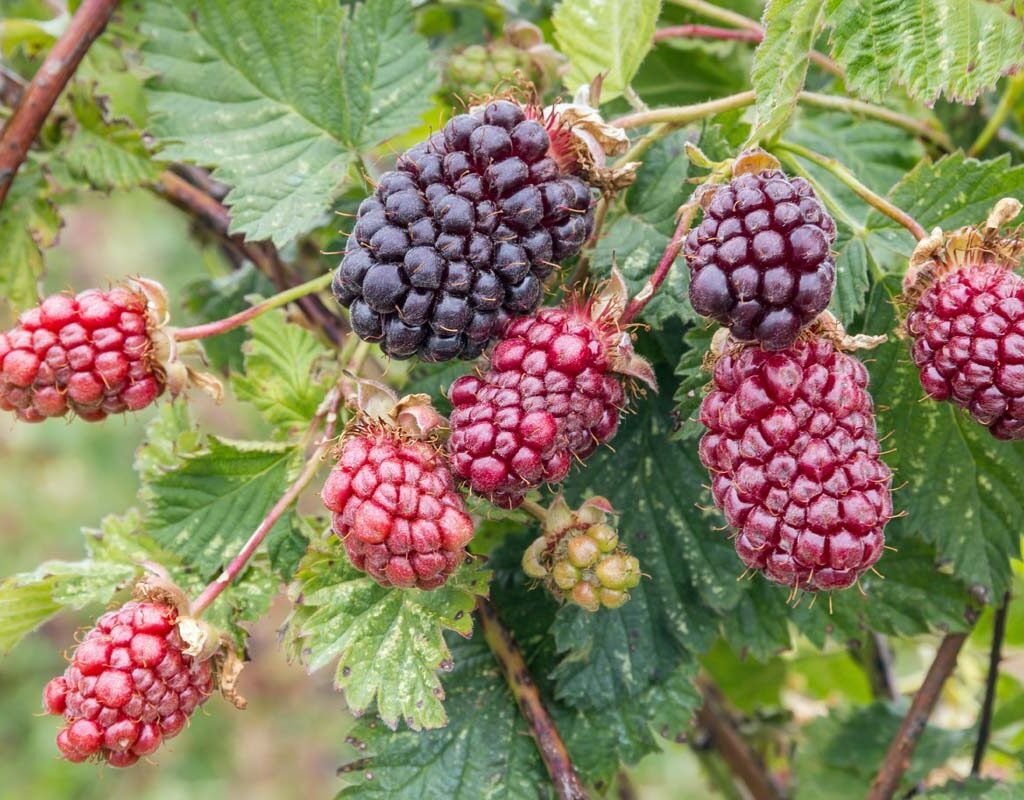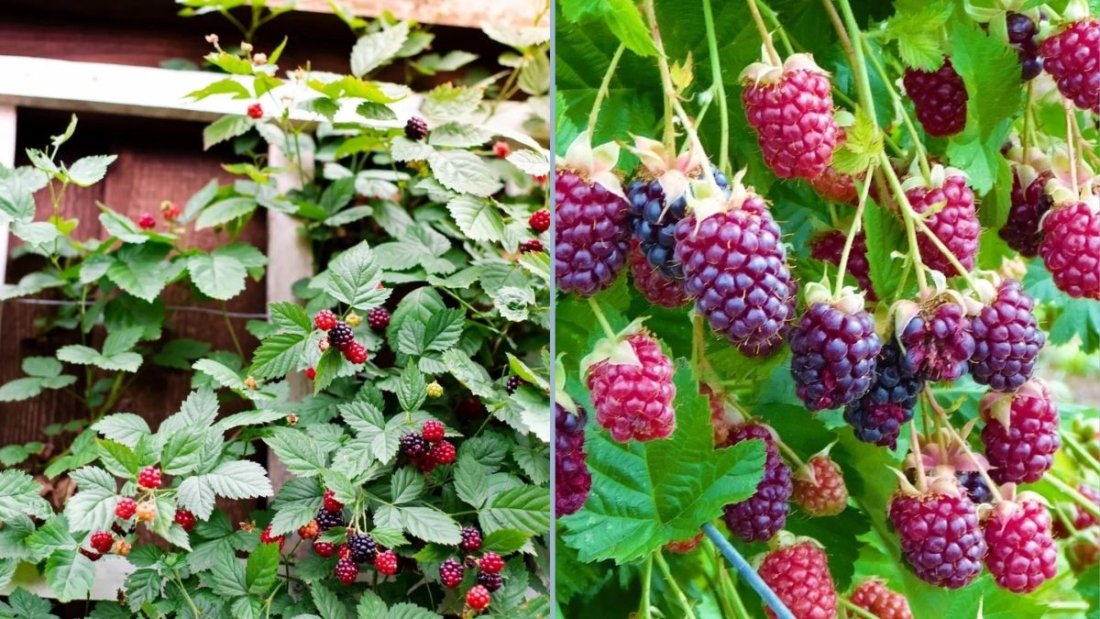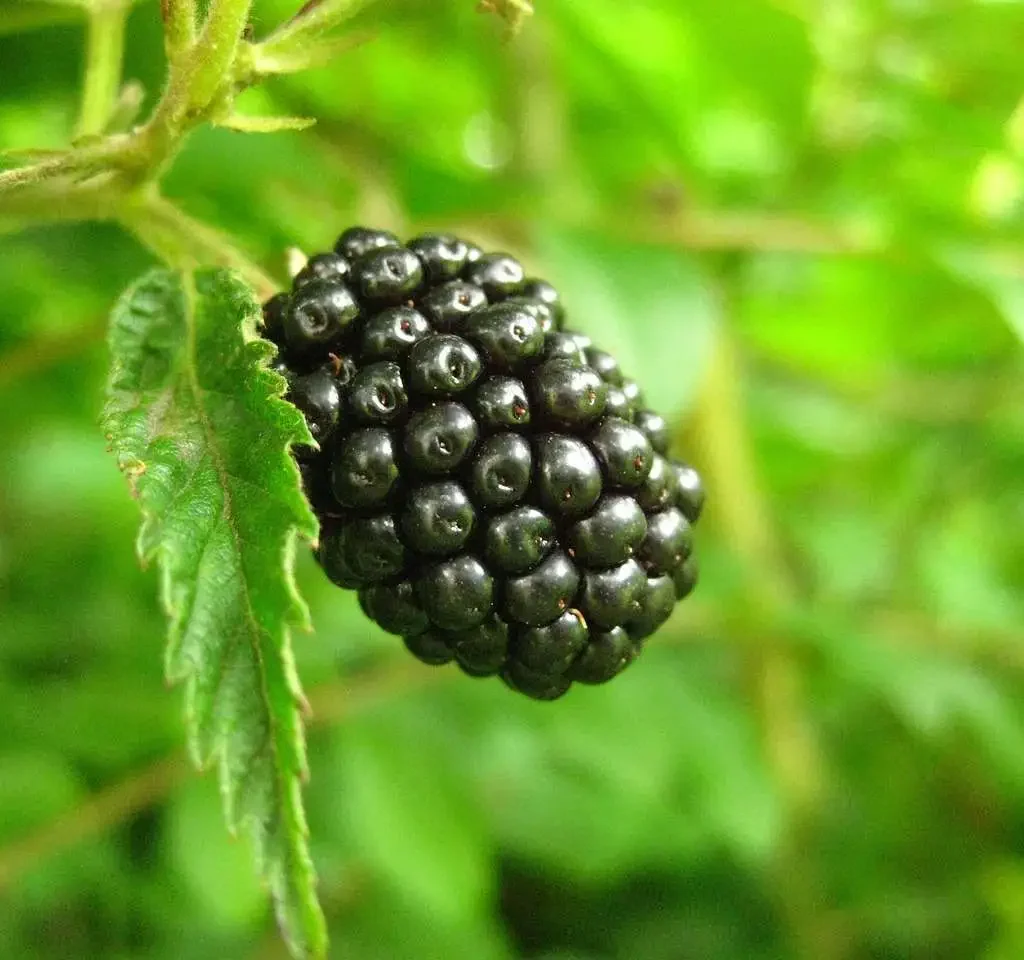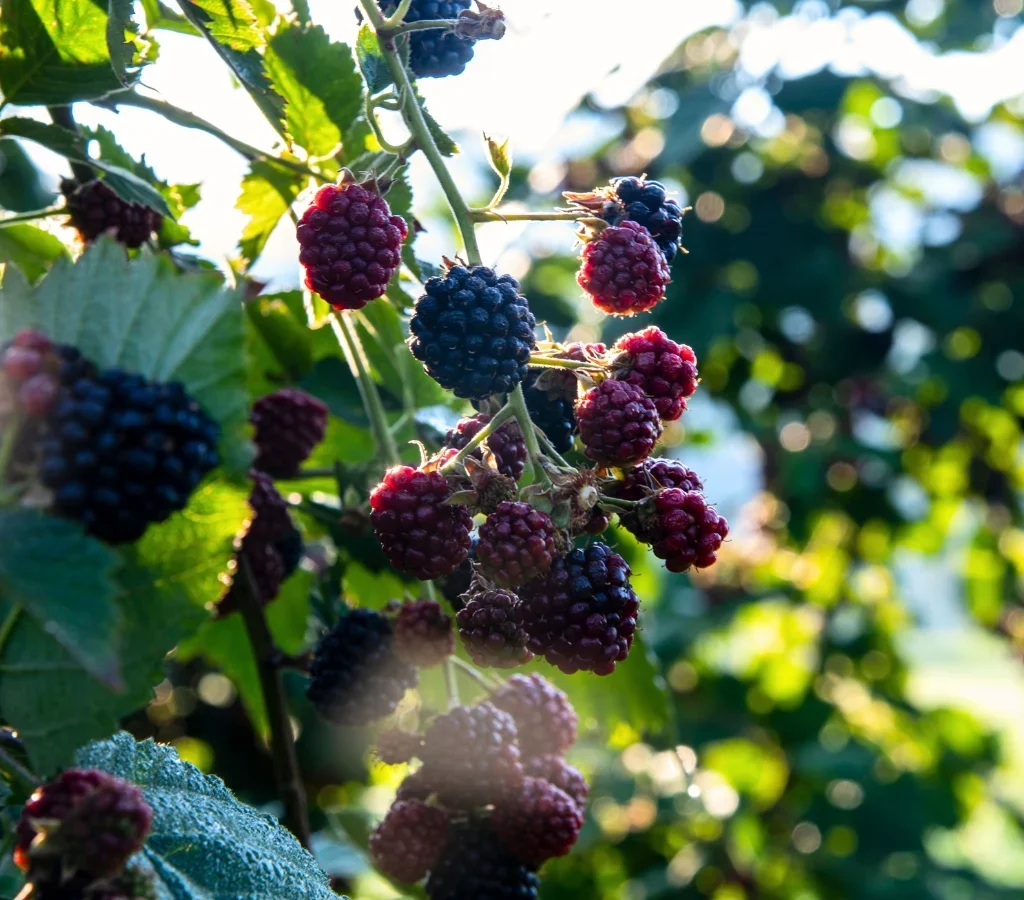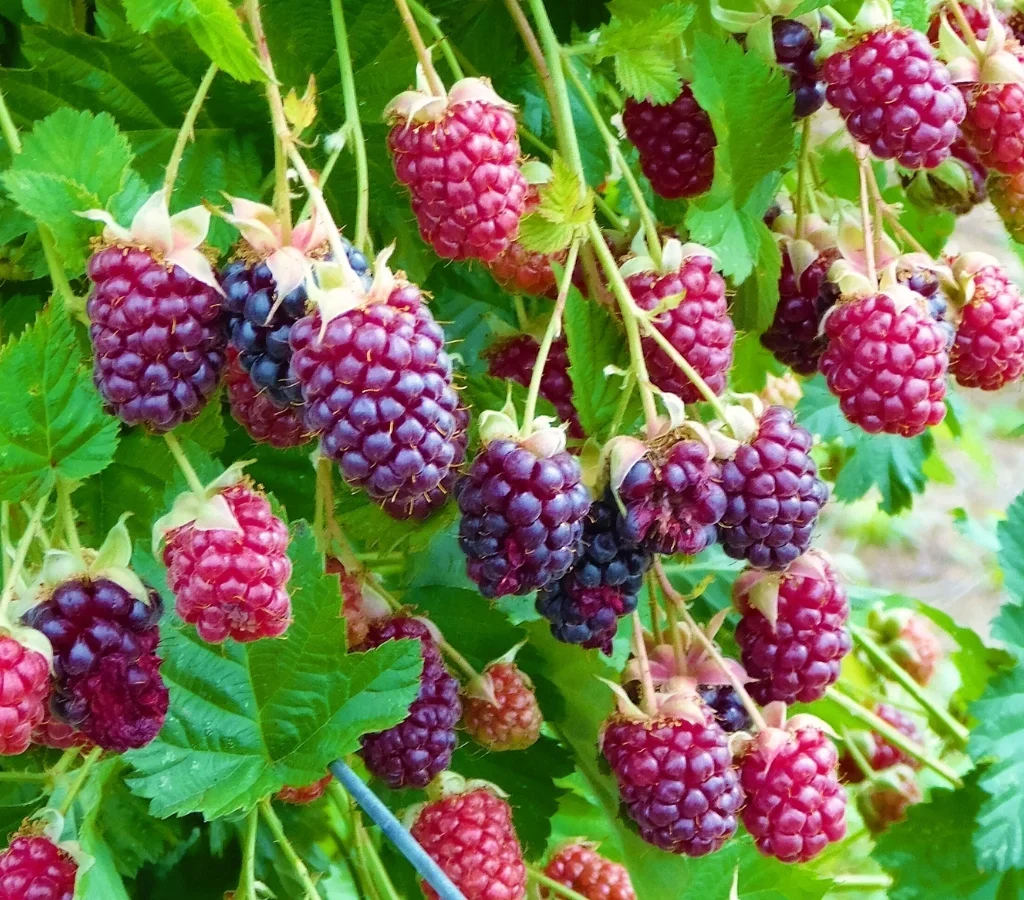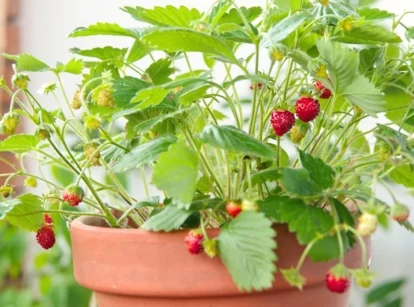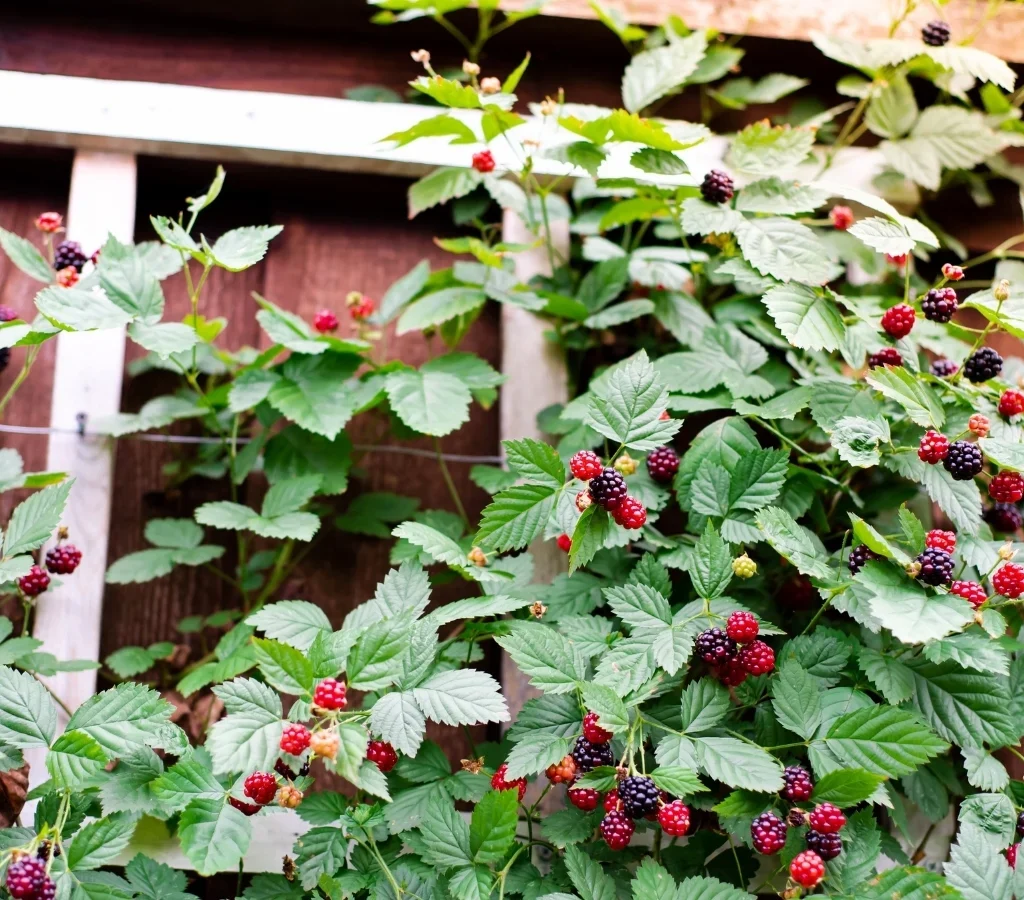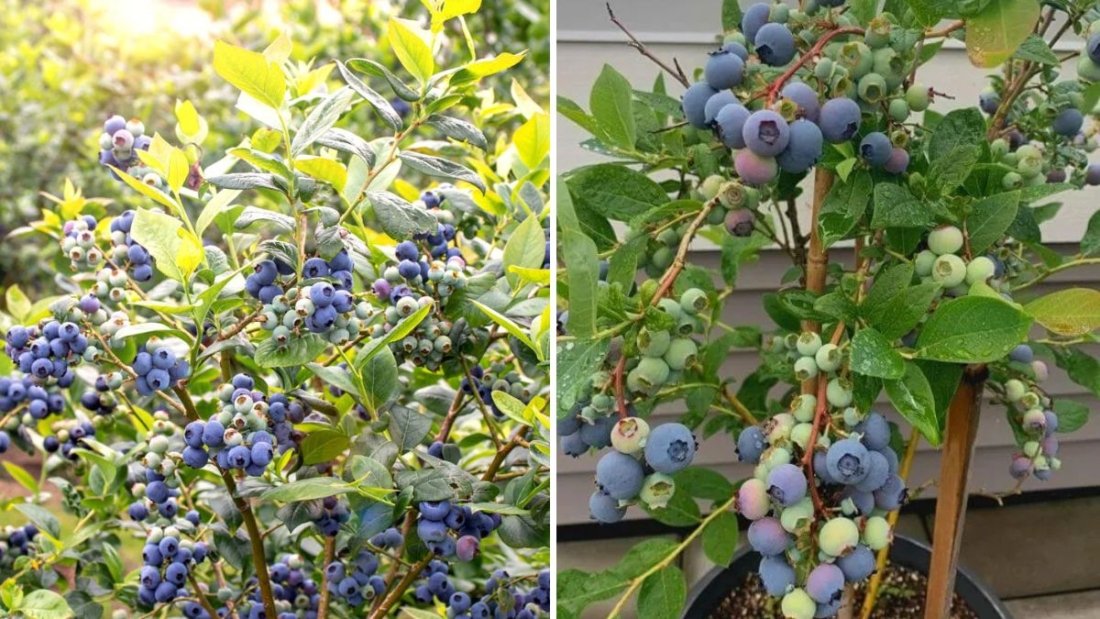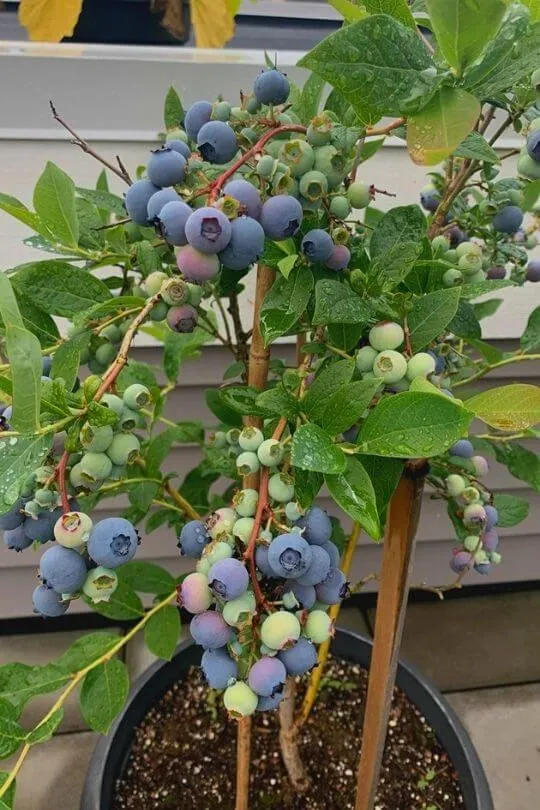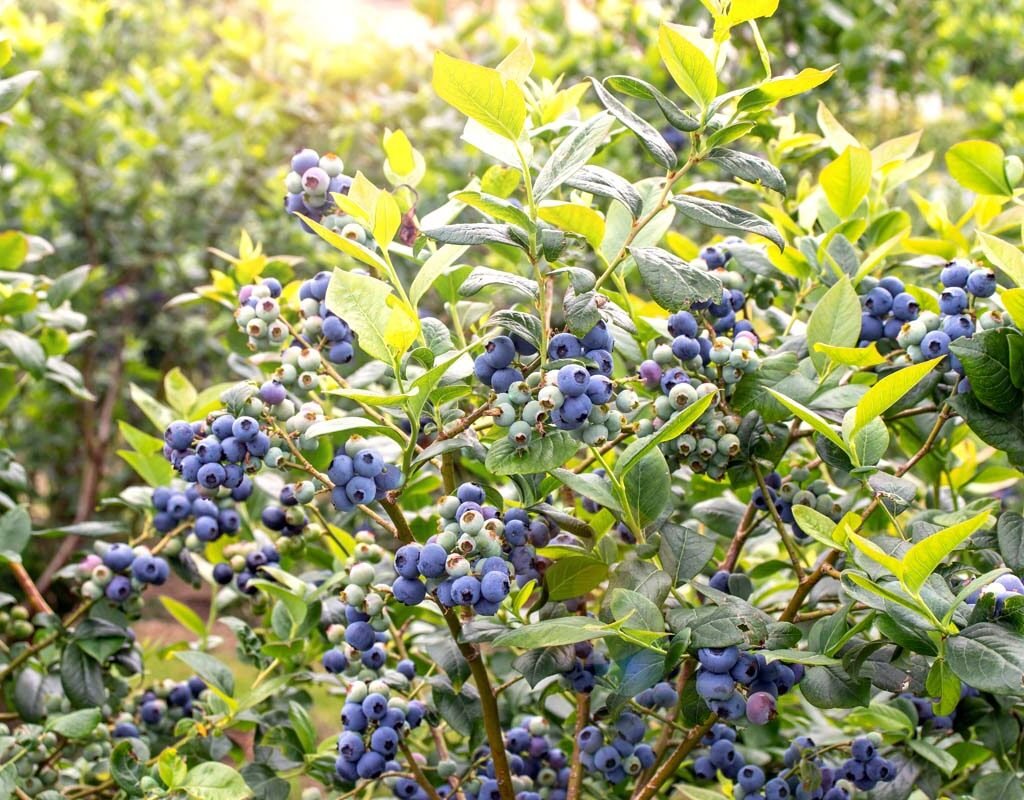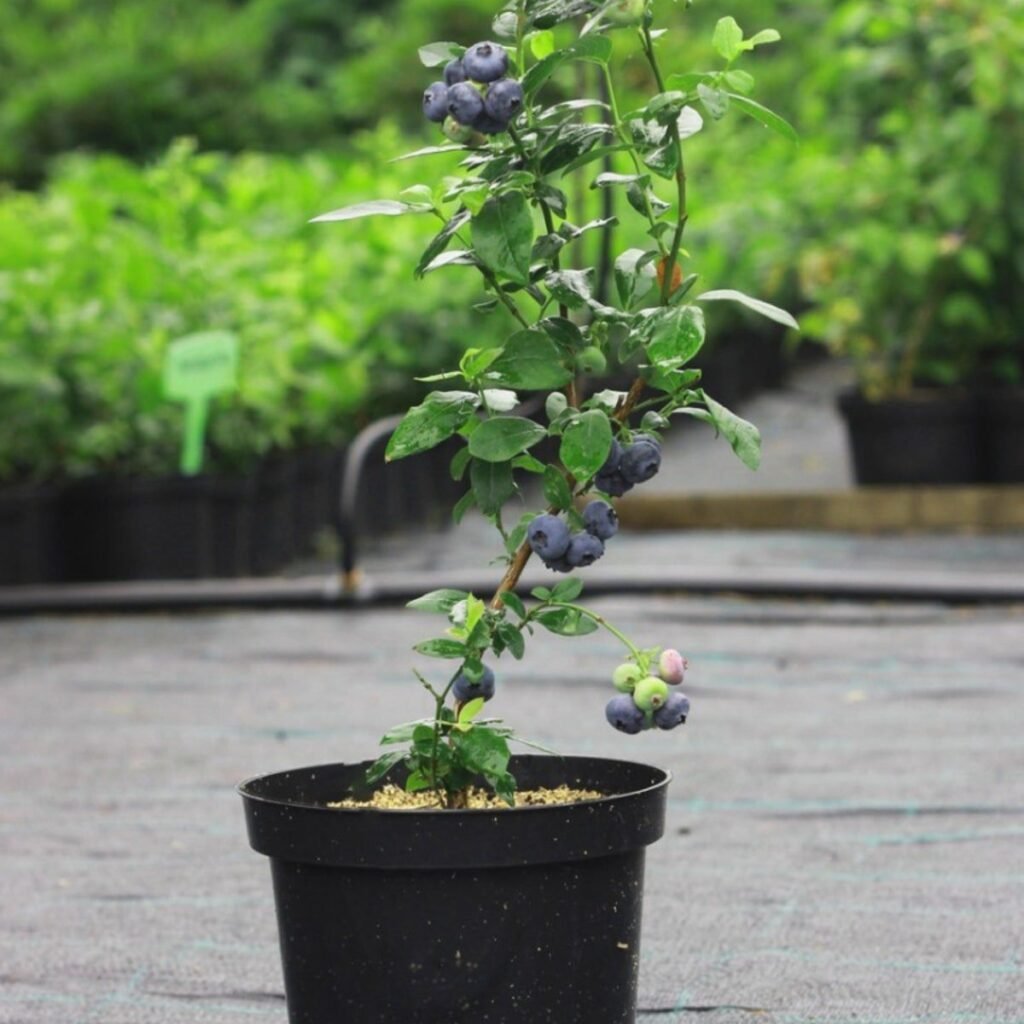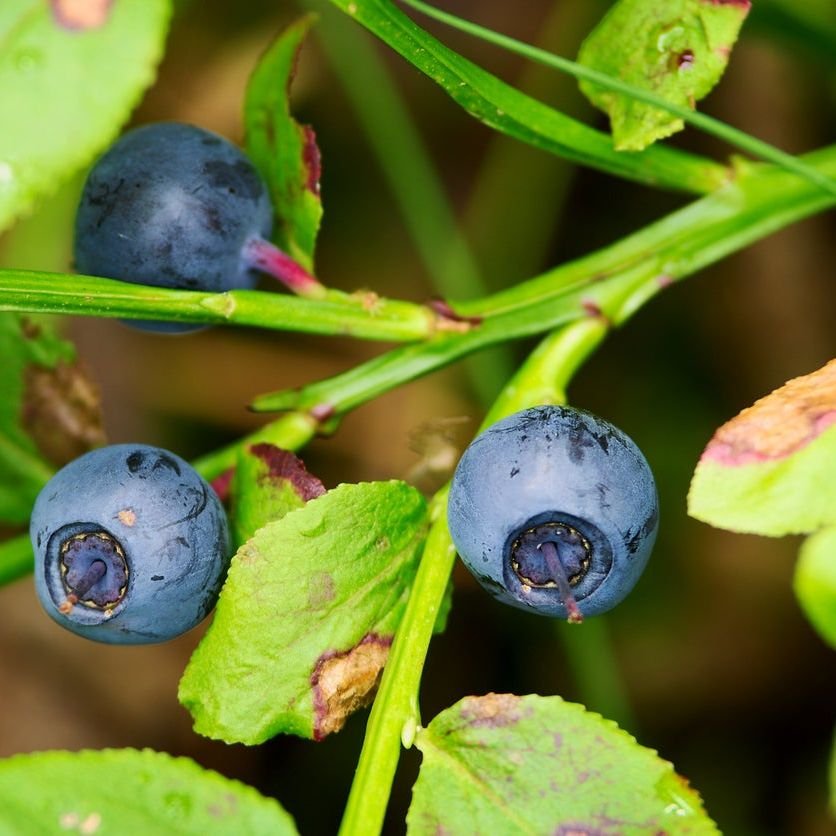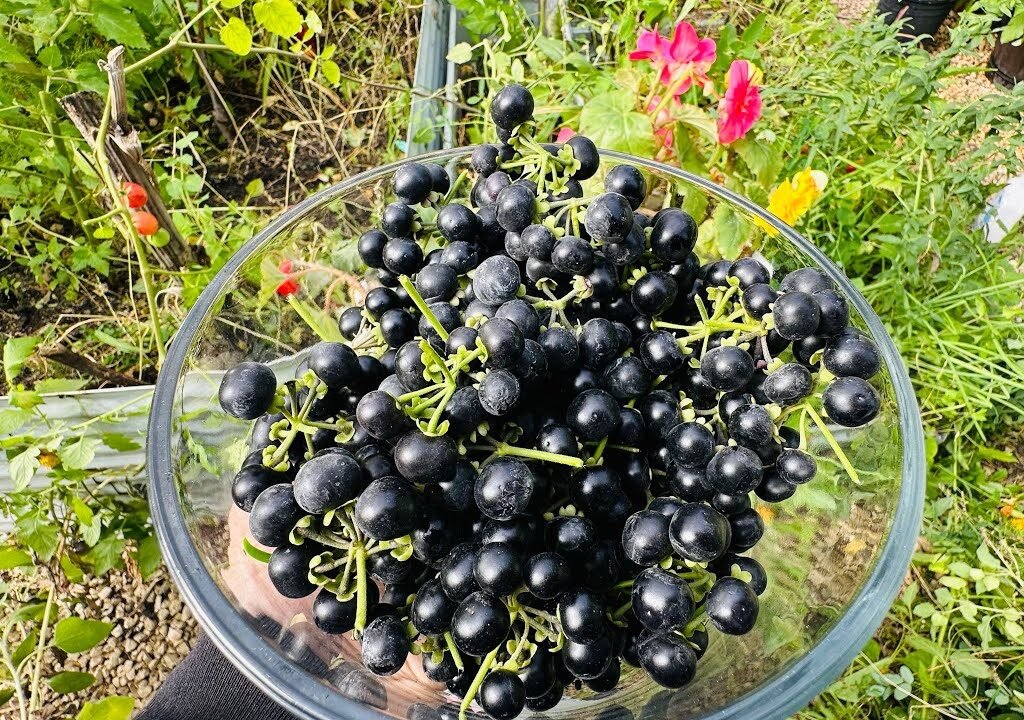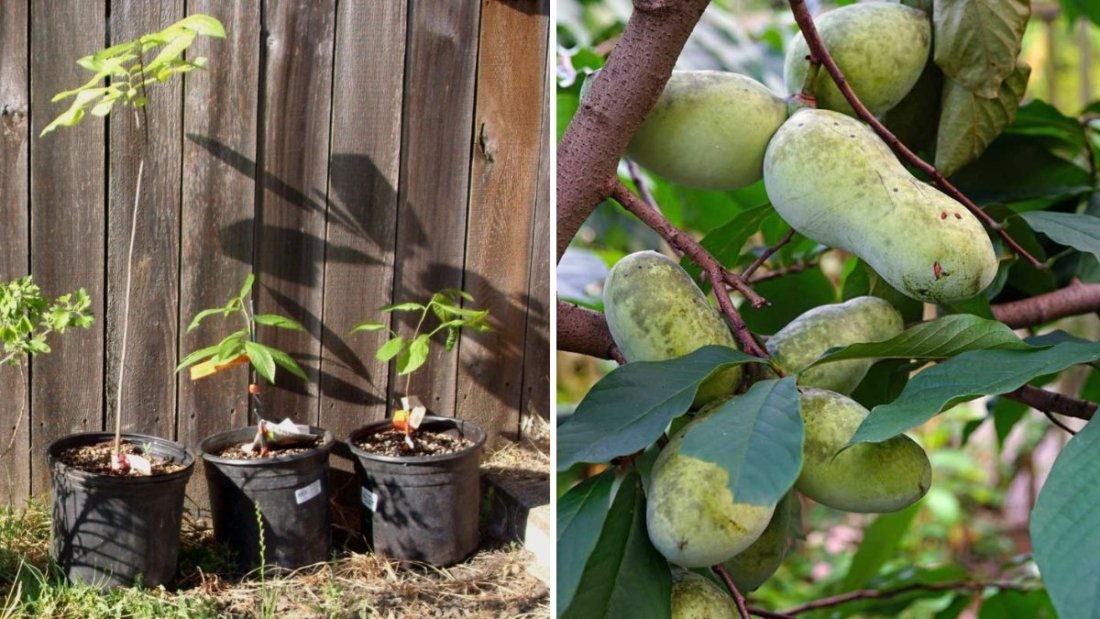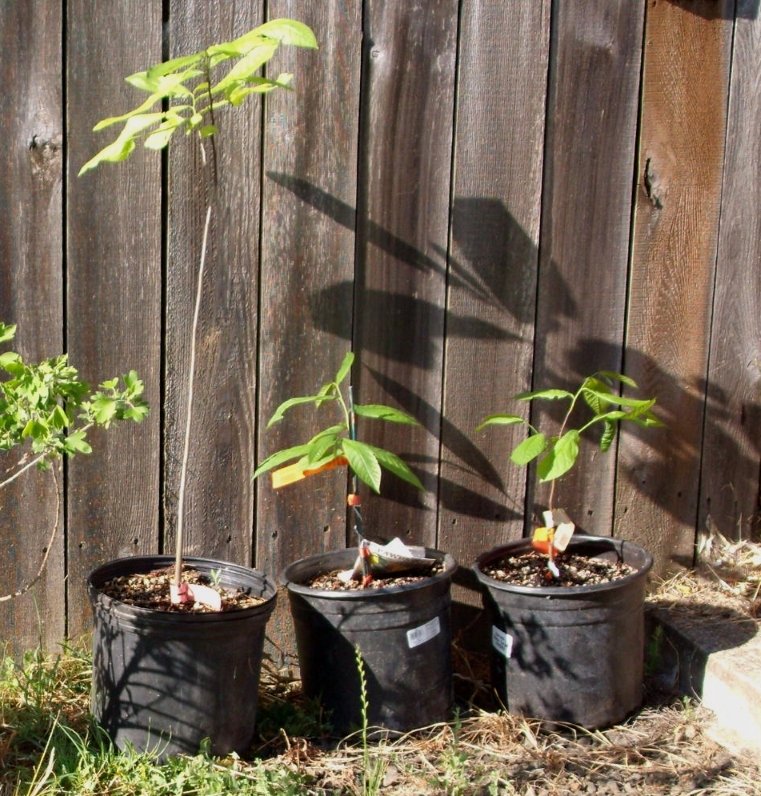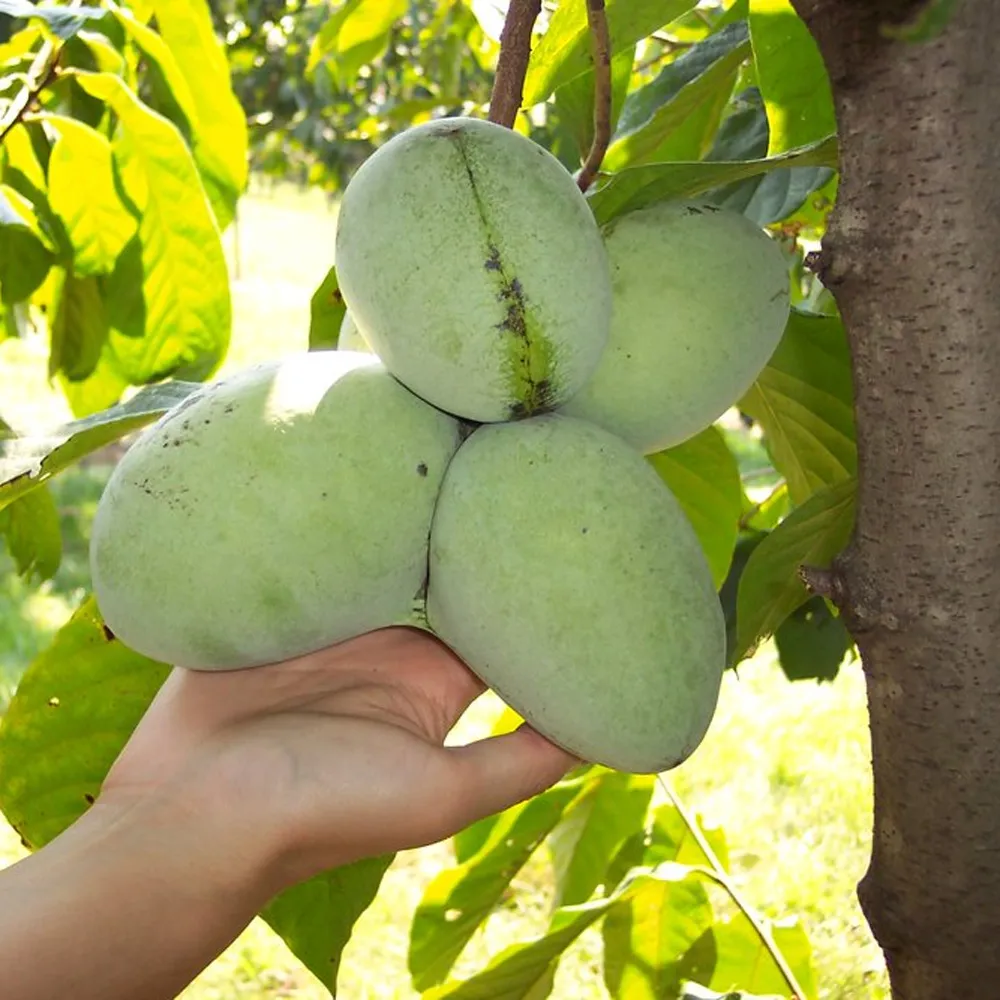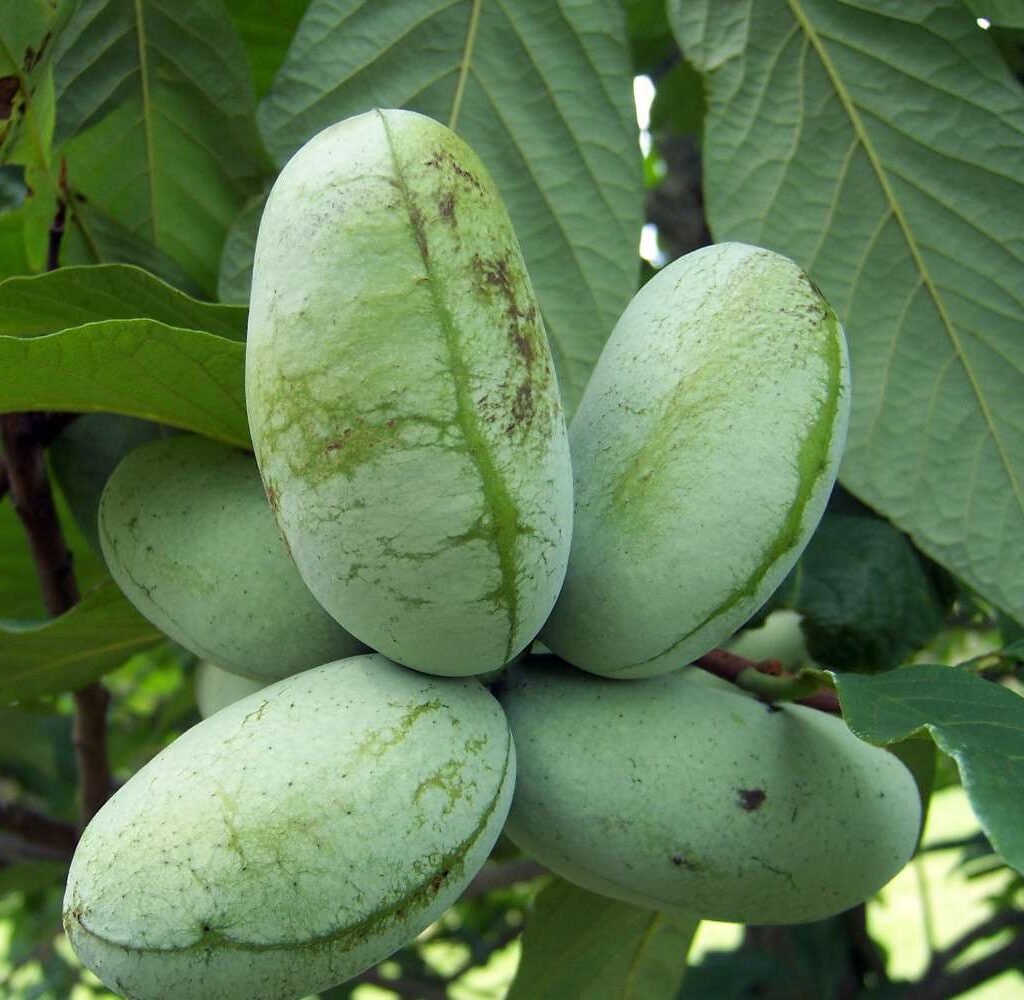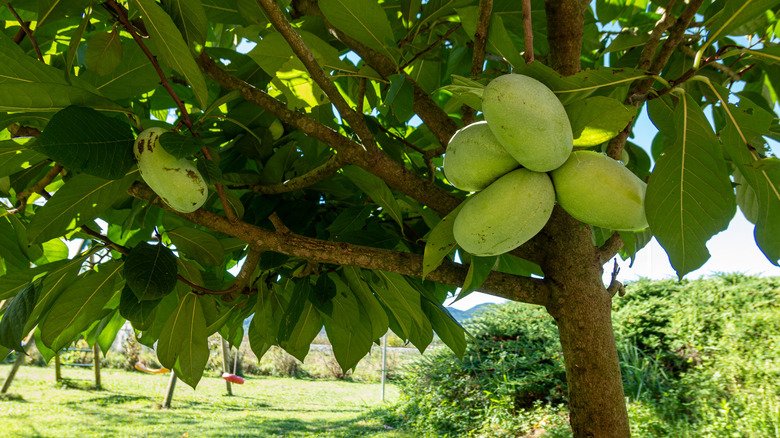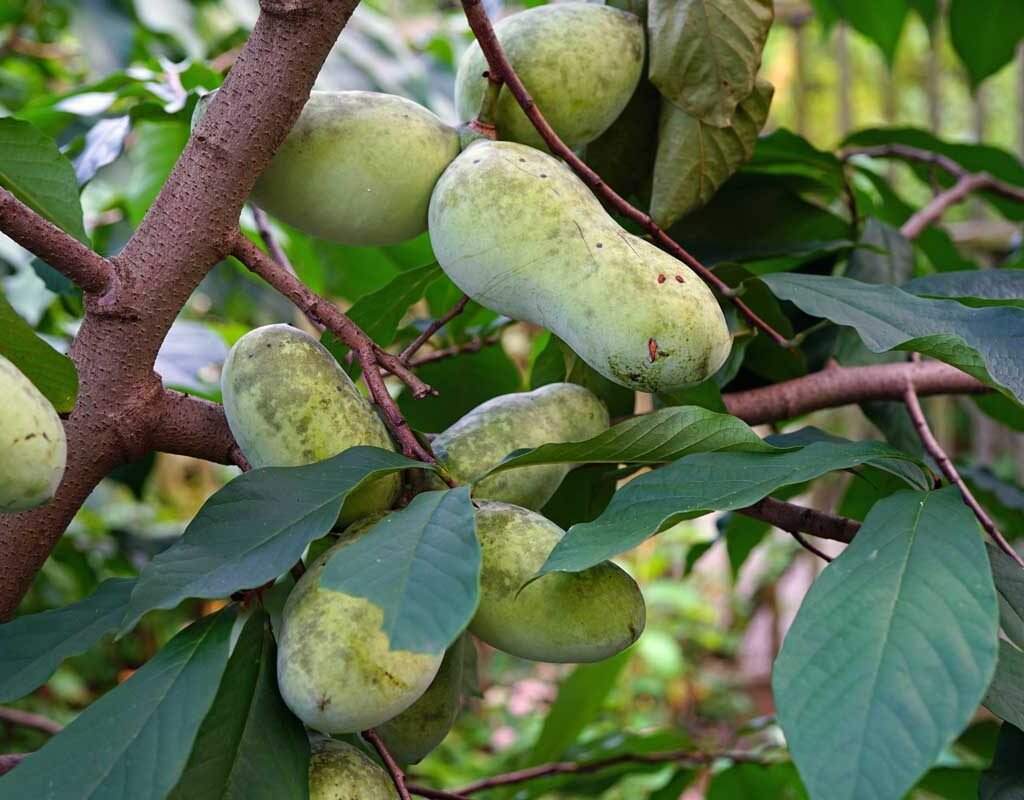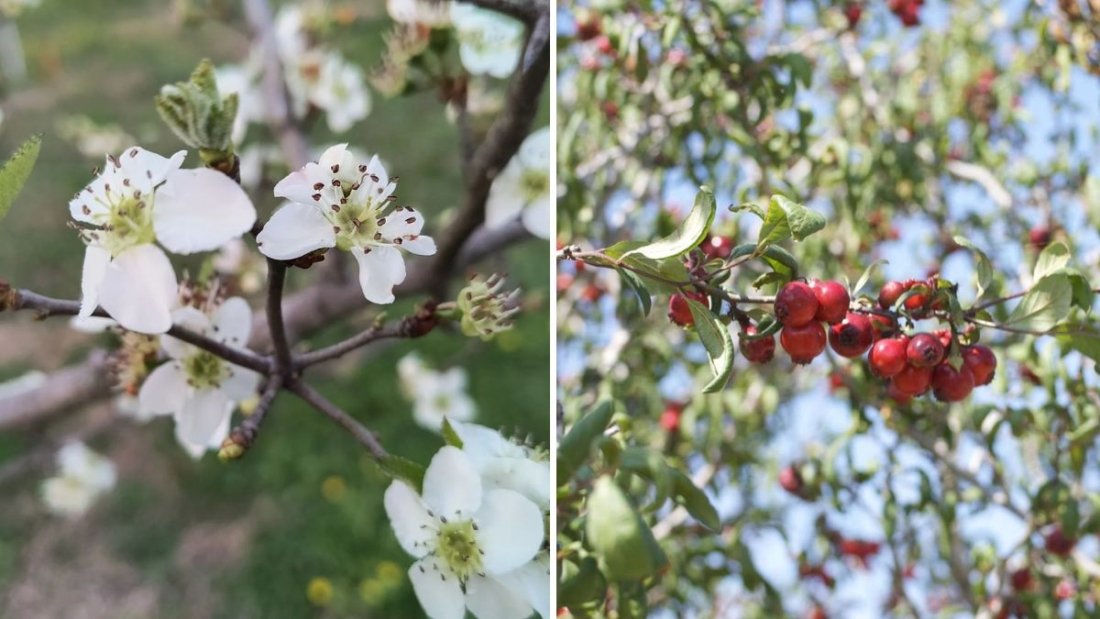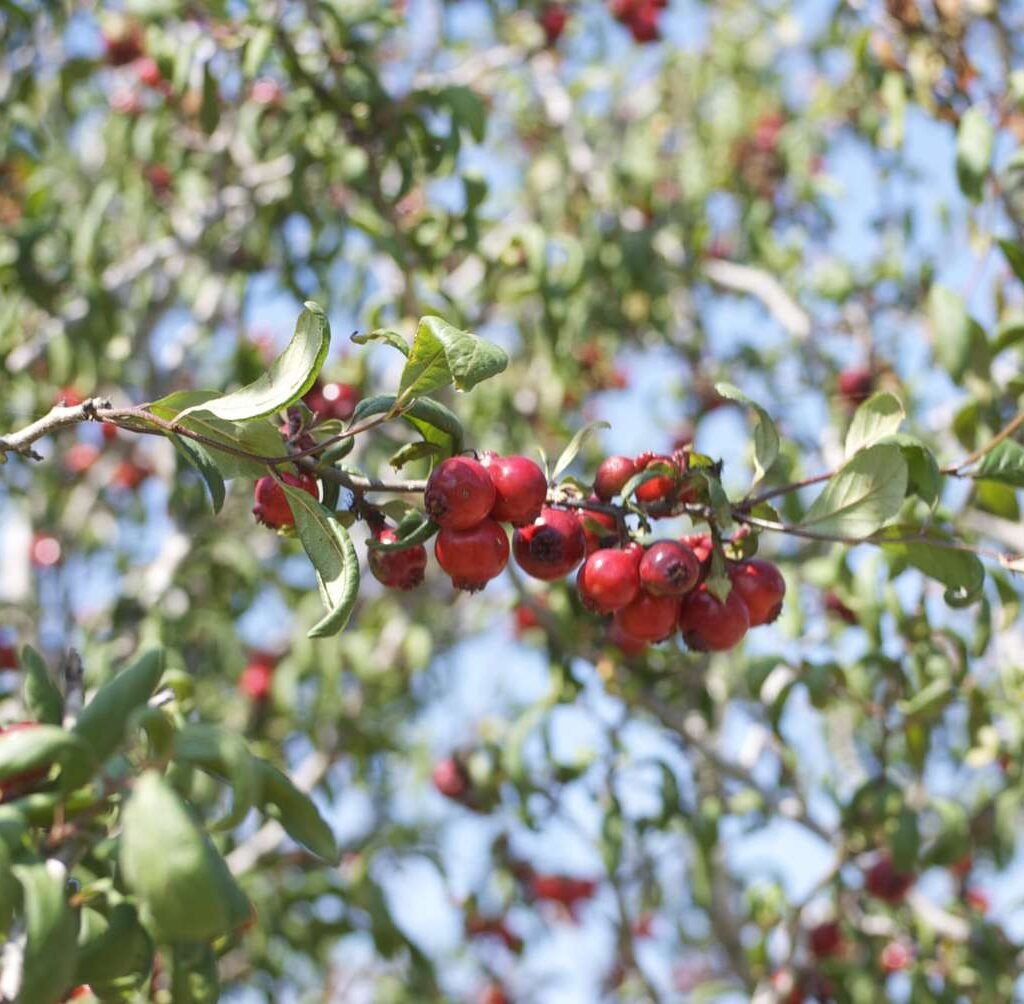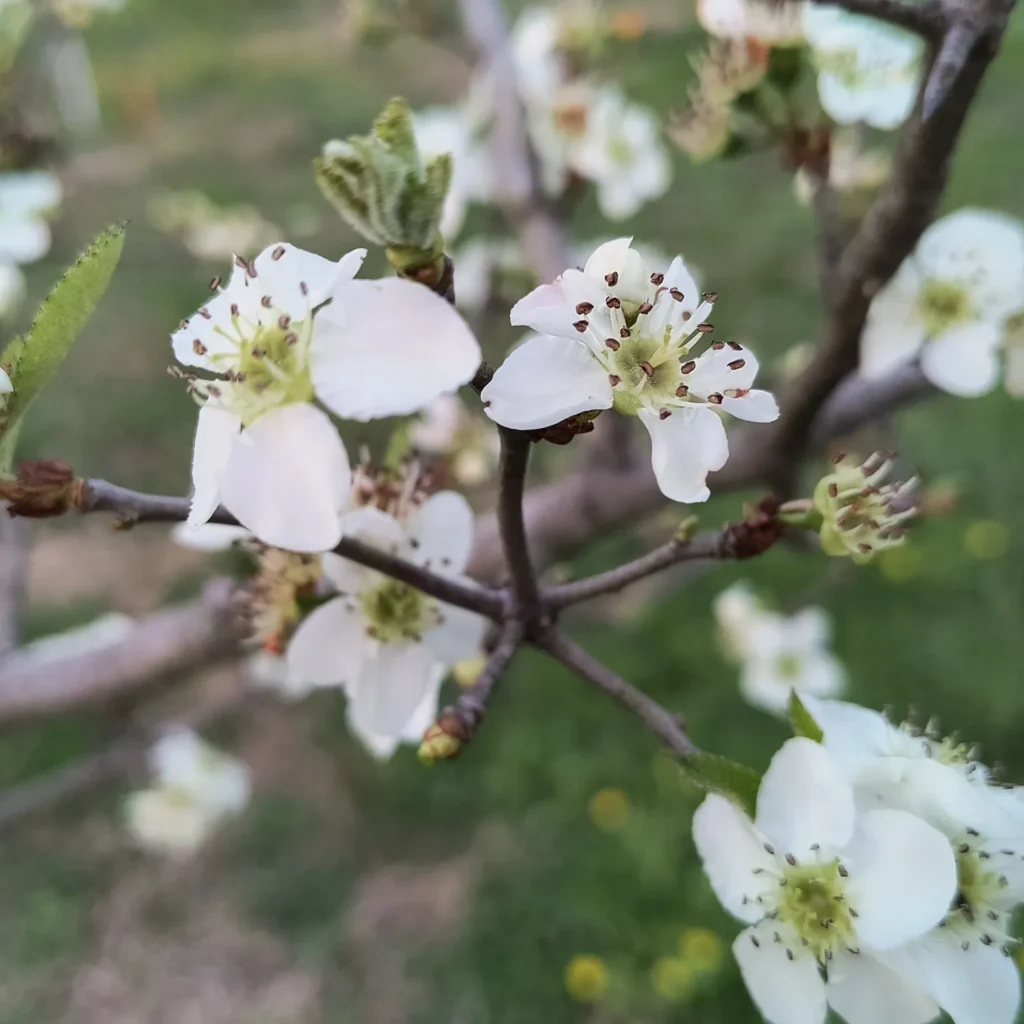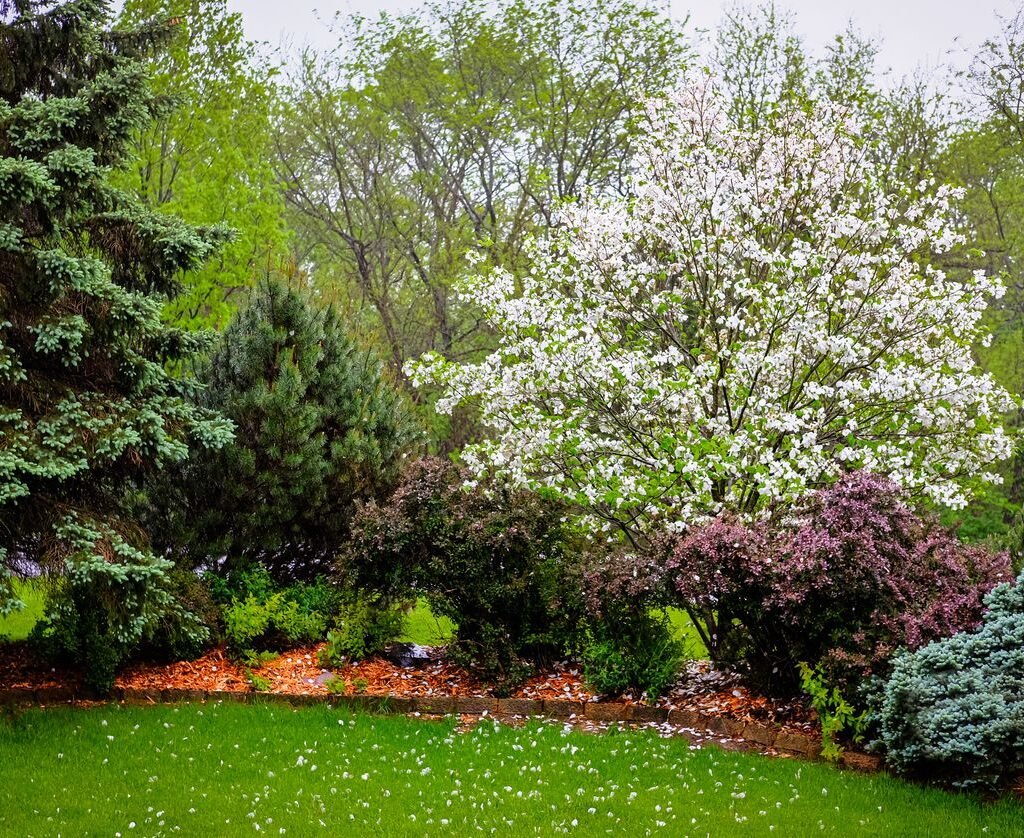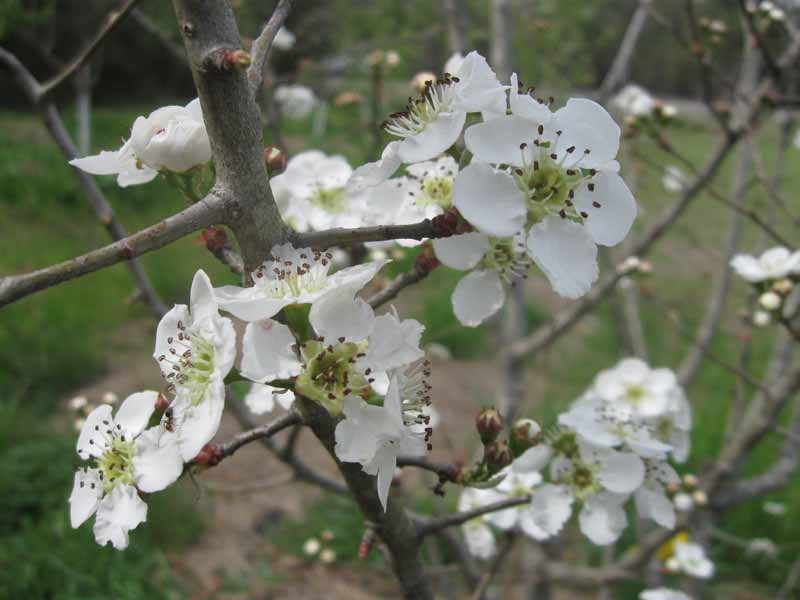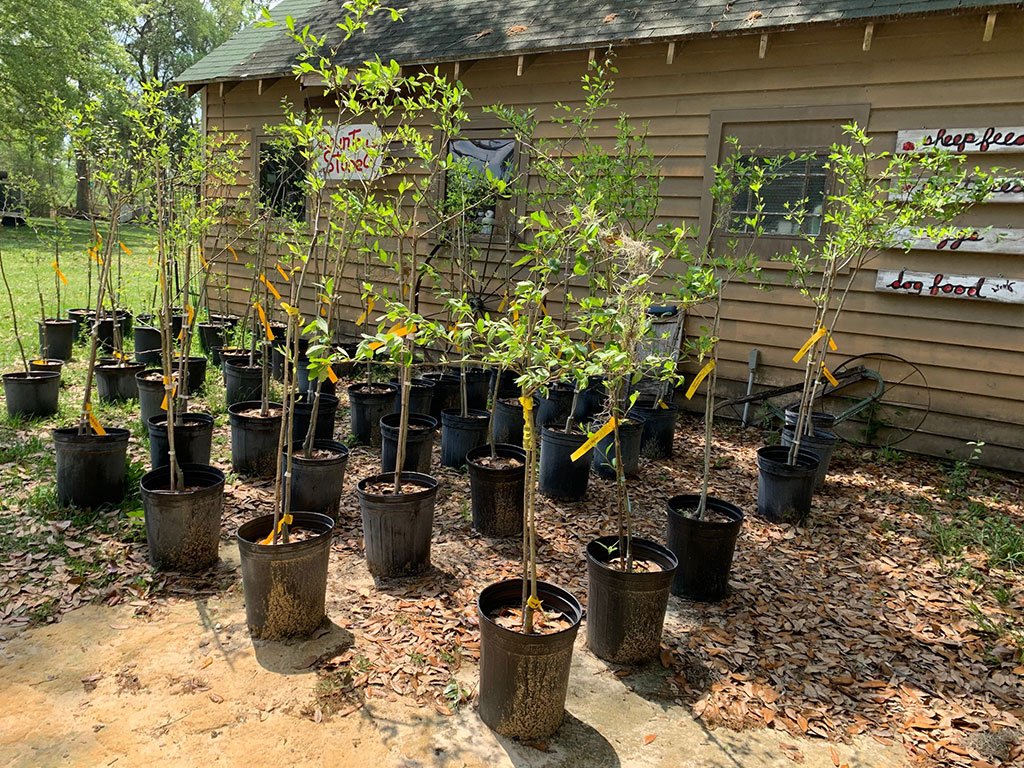If you’re a fruit enthusiast looking to elevate your backyard orchard, few combinations are as rewarding as plums and greengages. These two varieties not only produce abundant, delicious fruit but also complement each other in flavor, appearance, and growth habits. From planting to care, pollination, and harvesting, creating a “Plum and Greengage Heaven” in your garden is a dream for any gardener.
Inspired by the video “Plum and Greengage Heaven,” this comprehensive guide walks you through the steps to grow these luscious fruits successfully, ensuring healthy trees and bountiful harvests year after year.
Introduction to Plums and Greengages
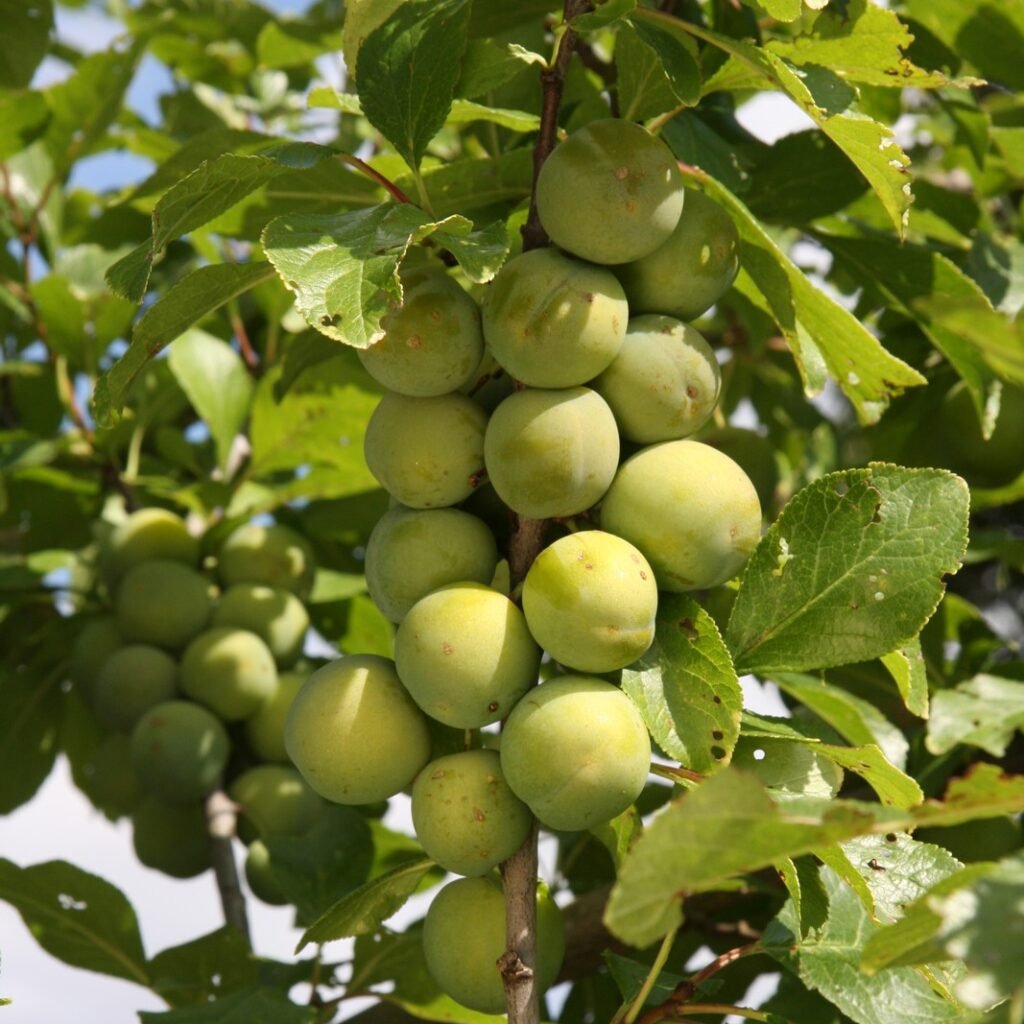
Plums are one of the most versatile and popular fruit trees in home orchards. With their wide variety of colors, sizes, and flavors, plums can be eaten fresh, baked in desserts, or preserved as jams.
Greengages, a subset of plums, are particularly prized for their green-gold skin, sweet flavor, and firm, juicy flesh. They are often called the “queen of plums” for their superior taste and texture.
Key Characteristics
Plums:
- Varieties: Japanese (juicy, sweet, colorful) and European (firmer, ideal for cooking and preserves).
- Fruit Use: Fresh eating, baking, canning, and drying.
- Growth: Medium to large trees, usually upright with spreading branches.
Greengages:
- Varieties: Common types include ‘Reine Claude’, ‘Opal’, and ‘Greengage Victoria’.
- Fruit Use: Best for fresh eating, desserts, and jams due to their sweetness.
- Growth: Compact, medium-sized trees with dense canopies, ideal for smaller gardens.
By planting both plums and greengages together, you create a dynamic orchard with variety, flavor, and year-round interest.
Selecting the Right Site
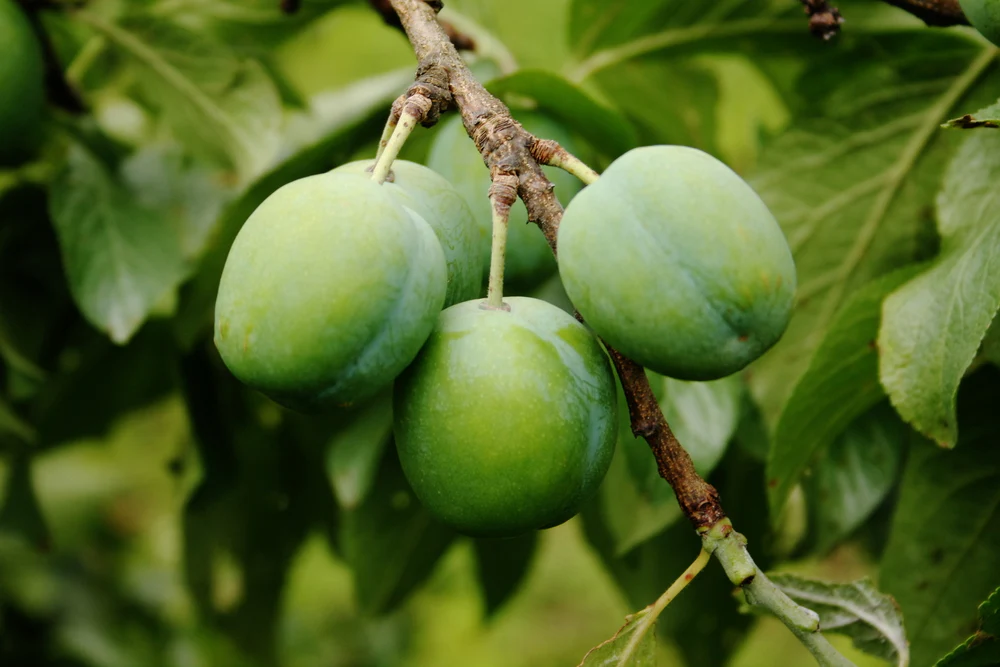
Site selection is critical to ensure your trees thrive and produce maximum fruit:
Sunlight
- Both plums and greengages require full sun — at least 6–8 hours per day.
- Adequate sunlight promotes fruit development, sweetness, and vibrant coloration.
Soil
- Well-draining soil is essential to prevent root rot.
- Loamy, sandy, or slightly clay soils enriched with organic matter are ideal.
- Soil pH should be slightly acidic to neutral (6.0–7.0) for optimal nutrient absorption.
Space Considerations
- Full-sized trees: 15–20 feet apart.
- Semi-dwarf or dwarf varieties: 10–12 feet apart.
- Proper spacing ensures airflow, reduces disease risk, and allows sunlight to reach all branches.
Preparing and Planting Your Trees
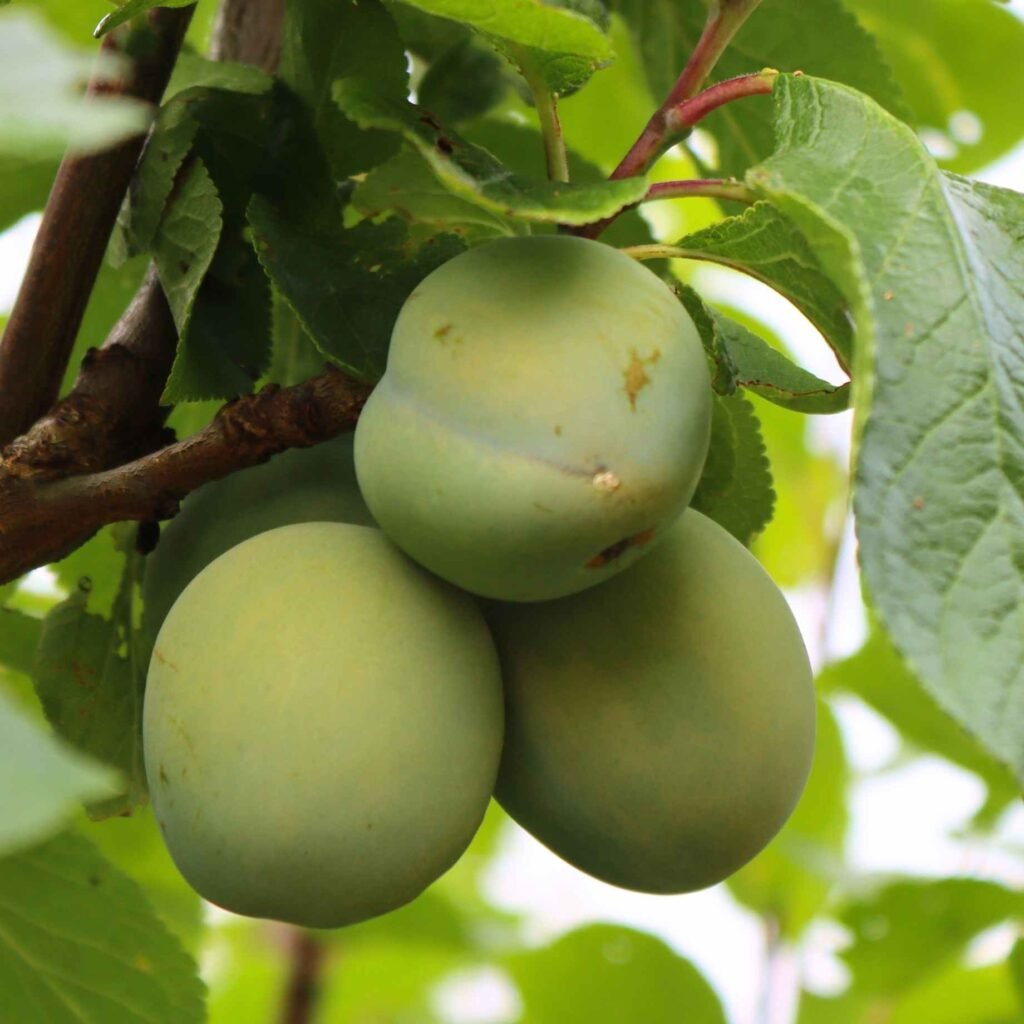
Preparing the Planting Hole
- Dig a hole 2–3 times wider than the root ball and the same depth as the root system.
- Loosen the soil around the edges and bottom for easier root expansion.
- Mix in compost or well-rotted manure to enrich the soil.
Planting
- Position the tree in the center of the hole.
- Spread the roots evenly and ensure the root flare is slightly above ground level.
- Backfill with amended soil, gently firming to remove air pockets.
- Water thoroughly after planting to settle the soil.
Mulching
- Apply 3–4 inches of mulch around the base to retain moisture, regulate soil temperature, and suppress weeds.
- Keep mulch 4–6 inches from the trunk to prevent rot.
Watering and Fertilizing
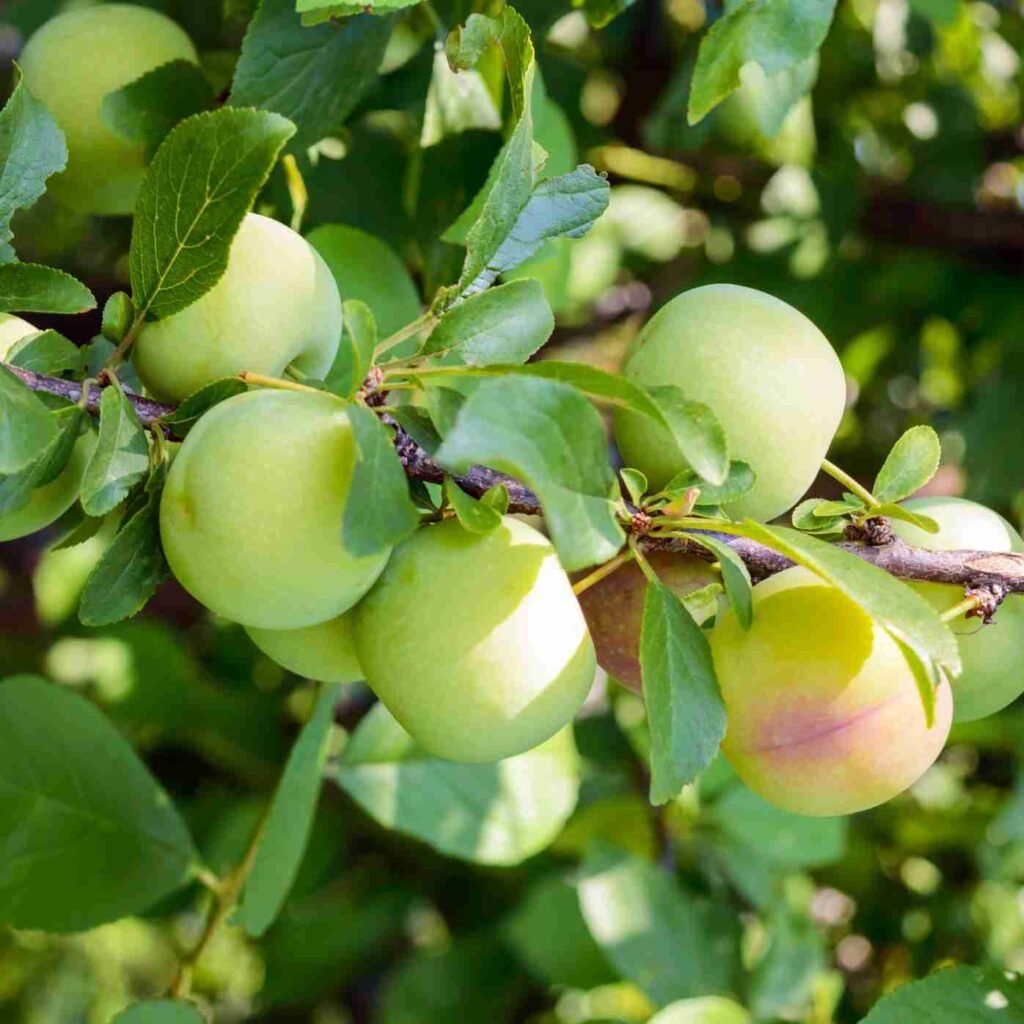
Watering
- Young trees need consistent moisture during the first year.
- Water deeply 1–3 times per week, depending on soil and climate.
- Avoid overwatering, which can lead to root rot.
Fertilization
- Apply balanced fertilizer (10-10-10) in early spring as growth begins.
- Organic options like compost, seaweed extract, or well-rotted manure provide nutrients and improve soil health.
- Reduce nitrogen-heavy fertilizers once trees start flowering to prevent excessive leafy growth over fruit development.
Pruning and Training
Pruning is key to creating strong tree structure, improving fruit quality, and reducing disease risk.
First-Year Pruning
- Cut back damaged, crossing, or weak branches.
- Shorten the central leader to encourage lateral branching.
Long-Term Pruning
- Plums: Open-center or vase-shaped canopy allows sunlight and air to penetrate.
- Greengages: Maintain a compact, rounded canopy to make harvesting easier.
- Prune annually in late winter or early spring before buds break dormancy.
Pollination for Better Fruit
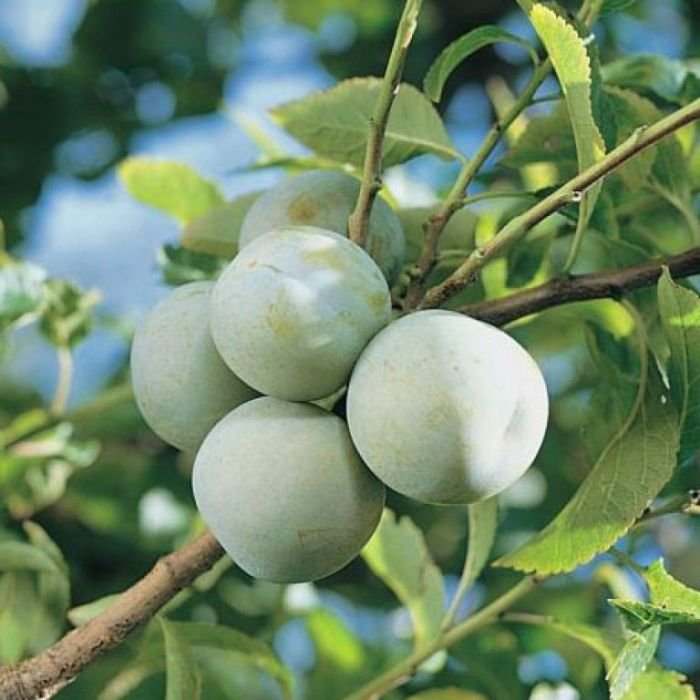
Many plum and greengage varieties are not fully self-fertile, meaning they require cross-pollination to produce abundant fruit.
Tips for effective pollination:
- Plant compatible varieties within 50 feet for natural cross-pollination.
- Examples: Plant European plums with other European plums; Japanese plums with Japanese plums.
- Encourage pollinators such as bees by planting flowering companion plants.
Cross-pollination not only increases yield but can also improve fruit size, sweetness, and overall quality.
Pest and Disease Management
Plums and greengages can face several challenges. Regular monitoring and preventative care are essential:
Common Pests
- Aphids: Cause curled leaves and weaken branches; control with neem oil or insecticidal soap.
- Plum Curculio: Damages developing fruit; manage with traps or organic sprays.
- Birds: Attracted to ripe fruit; use netting for protection.
Common Diseases
- Brown Rot: Affects blossoms and fruit; prevent with pruning and fungicides.
- Bacterial Spot: Causes lesions on leaves and fruit; copper sprays can help.
- Powdery Mildew: White coating on leaves; managed with sulfur or bicarbonate sprays.
Maintaining healthy trees with proper pruning, spacing, and hygiene minimizes these risks.
Harvesting Your Fruit
Plum Harvesting
- Depending on the variety, plums ripen in mid to late summer.
- Fruit should be fully colored and slightly soft to touch.
- Pick gently to avoid bruising and encourage continued fruiting.
Greengage Harvesting
- Greengages are ready when they are golden-green with a sweet aroma.
- They often ripen slightly later than other plums, so monitor the trees regularly.
- Harvesting in the morning helps preserve firmness and flavor.
Storage:
- Fresh fruits last 1–2 weeks in the fridge.
- They can also be frozen, canned, or made into jams and desserts for long-term enjoyment.
Benefits of Planting Plums and Greengages
- Variety: Different colors, flavors, and ripening times extend your harvest season.
- High Yield: Both varieties produce abundant fruit with proper care.
- Pollinator-Friendly: Attract bees and other beneficial insects.
- Versatility: Great for fresh eating, baking, preserves, and drying.
- Ornamental Value: Beautiful blossoms in spring and glossy foliage in summer.
Tips for Creating “Plum and Greengage Heaven”
- Pair Varieties: Combine Japanese and European plums for staggered harvests.
- Use Companion Plants: Attract pollinators with flowers like lavender, borage, and clover.
- Prune Thoughtfully: Maintain healthy canopies and open centers for light and airflow.
- Water Consistently: Deep watering encourages strong root systems and bigger fruit.
- Monitor for Pests: Early intervention prevents serious damage.
Final Thoughts
Creating a backyard orchard with plums and greengages is a rewarding way to enjoy fresh, sweet fruits every summer. By selecting the right varieties, planting them correctly, and providing proper care, you can cultivate a “Plum and Greengage Heaven” that’s both productive and beautiful.
Key takeaways:
- Choose sunny, well-draining soil with adequate spacing.
- Plant carefully and mulch to conserve moisture and protect roots.
- Water, fertilize, and prune consistently to promote growth and fruiting.
- Ensure proper pollination and protect fruits from pests and diseases.
With patience, attention, and love, your garden can yield bountiful, juicy plums and sweet greengages, turning your backyard into a true fruit paradise.
